New York Islanders' final season tribute logo is appropriately terrible

So many things have gone right for the New York Islanders this summer. The team addressed its woeful goaltending by bringing in Jaroslav Halak and Chad Johnson. They had another terrific draft, highlighted by the additions of blue-chip winger Michael Dal Colle and the mercurial but insanely gifted Josh Ho-Sang. They attracted two top-nine forwards, Mikhail Grabovski and Nikolai Kulemin, in free agency. Their franchise player, John Tavares, is back in top health after missing the second half of last season.
Report: New York Islanders sold
And, miracle of miracles, Charles Wang finally found a buyer for the club, which means his painfully inept reign as owner will end in two years.
Really, outside of someone inventing a Hot Tub Time Machine and bringing back Denis Potvin, Bryan Trottier and Mike Bossy in their primes, this off-season couldn't have gone much better.
But just to remind everyone that they're still the Islanders, there's this:
Islanders have released a Nassau Coliseum final-season logo. pic.twitter.com/oWSpresSuX
— Uni Watch (@UniWatch) August 21, 2014
This commemorative patch is what you'd expect it to be, coming from the Isles.
NHL jobs report: what's up for grabs in the Metropolitan Division
Where to start? The "Tradition On Ice" banner. It's a phrase that's so generic and meaningless it feels like a placeholder that no one ever got around to improving. And what, exactly, is the tradition? Those four Stanley Cups are now in the distant past and let's just say that most of the years since the dynasty have not exactly been kind to the franchise.
New York Islander Follies
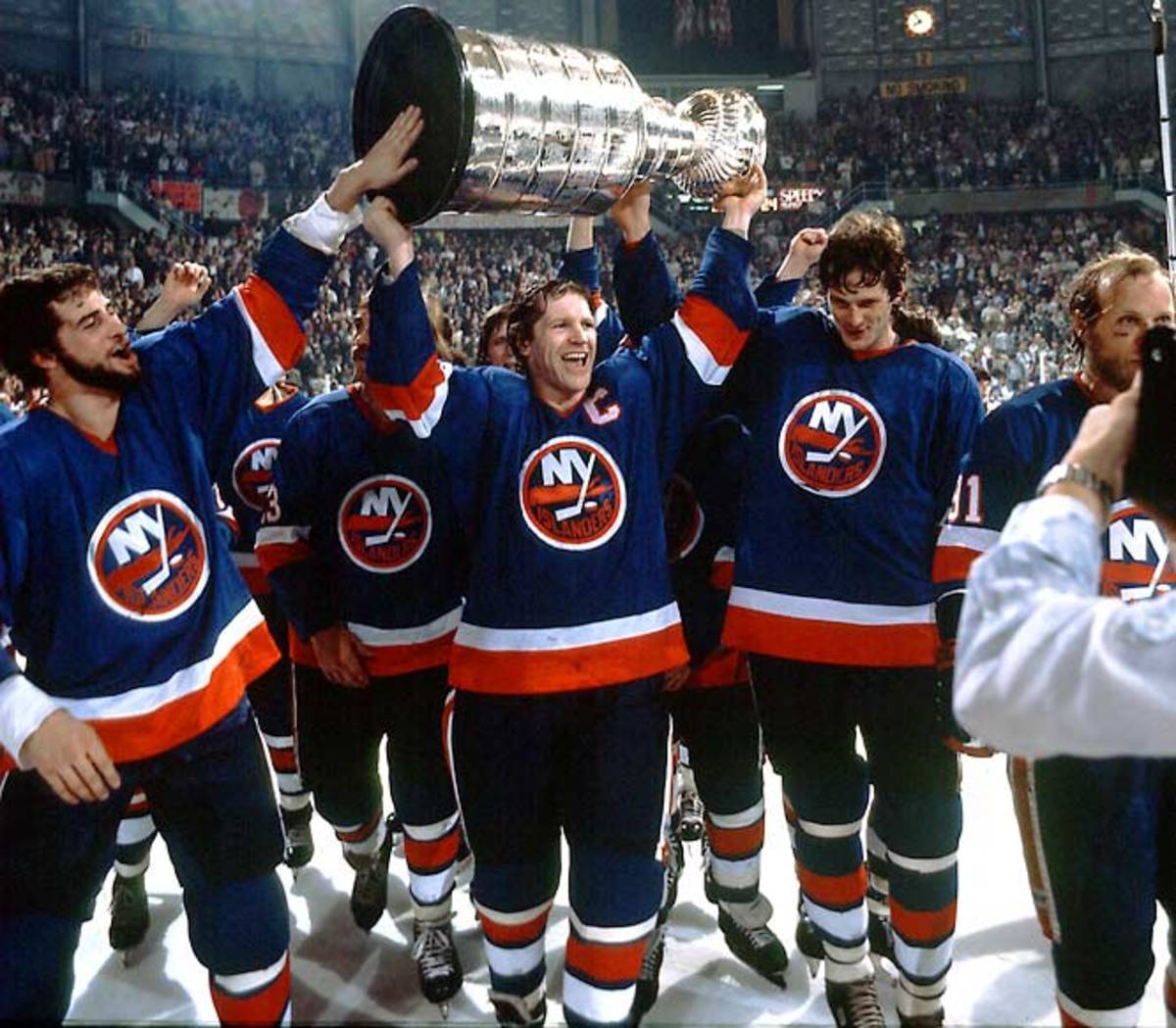
Once a proud dynasty that boasted four successive Stanley Cups (1980-83), five straight Cup final appearances, a record 19 consecutive playoff series won, and eight Hall of Famers, the New York Islanders have been wallowing in mediocrity and almost comical ineptitude for over two decades. In that time, they have made the playoffs only seven times, advancing beyond the first round once (1993) while suffering 17 losing seasons.
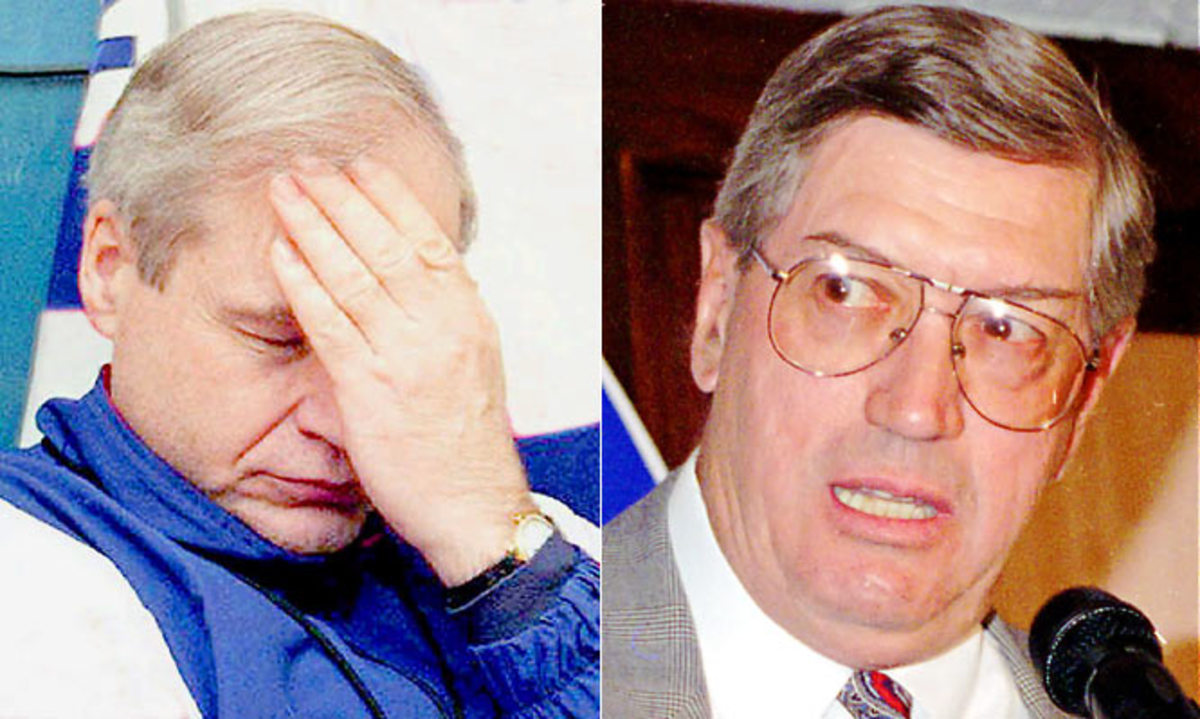
It's hard to pinpoint exactly when the Isles' catastrophic slide began, but the 1988-89 season seems as good a place as any. Under Terry Simpson, the third-year successor to legendary coach Al Arbour, the team opened by winning only seven of its first 27 games, prompting GM Bill Torrey to bring back Arbour -- to no avail. The Isles finished tied with Quebec for the NHL's worst record (28-47-5).
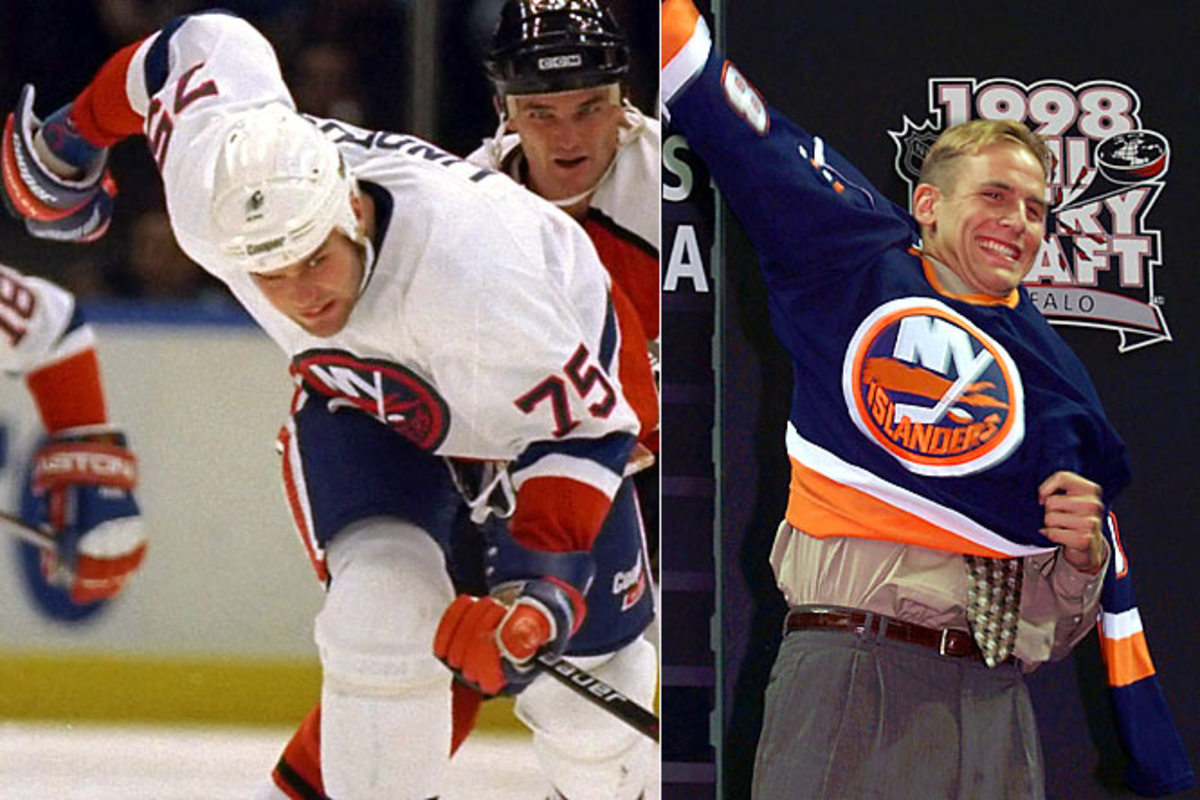
Losing often yields rewards in the form of high draft picks, but the Isles' luck soured there, too. In 1989, they took forward Dave Chyzowski second overall. He played in 15 NHL games. Other unfortunate first-rounders include Scott Scissons (1990, 6th), Mike Rupp (1998, 9th), the quartet of Tim Connolly (5th), Taylor Pyatt (8th), Branislav Mezei (10th) and Kristian Kudroc (28th) in 1999, and Brett Lindros (1994, 9th) -- the brother of Eric -- whose career was cut short by concussions. To the dismay of Islanders fans, many picks that panned out were traded away.
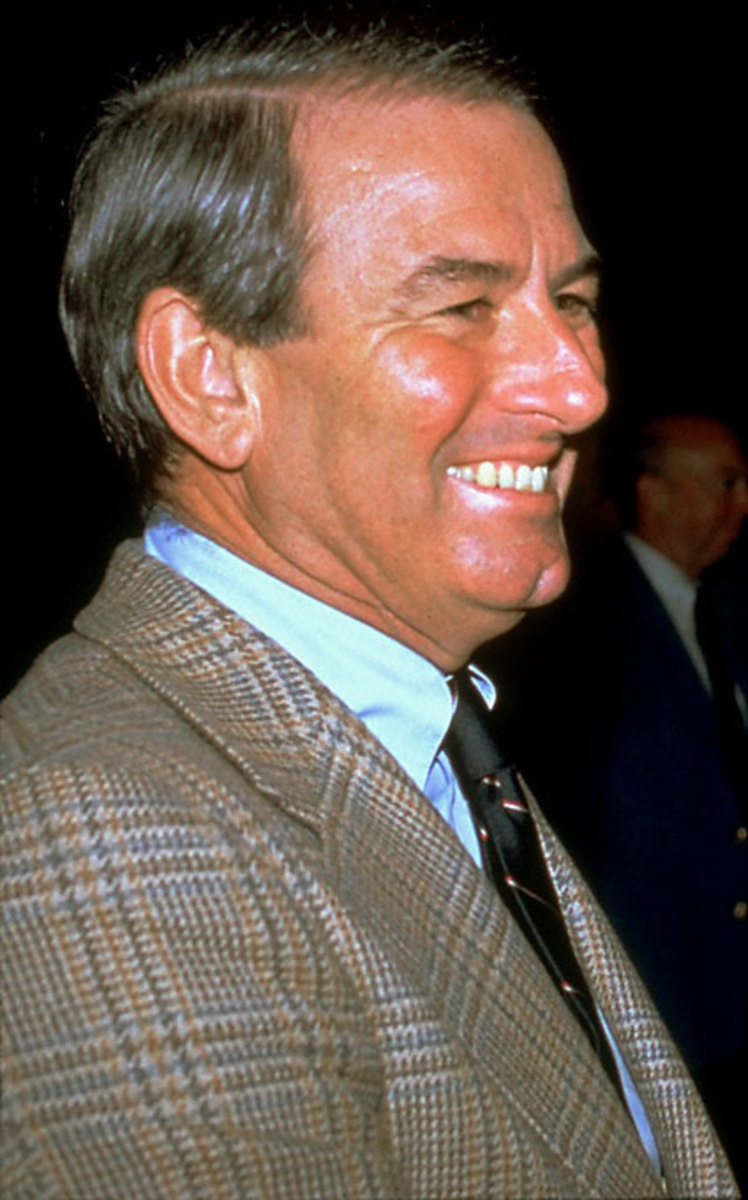
In 1989, owner John O. Pickett turned day-to-day operations over to minority investors Ralph Palleschi, Steve Walsh, Bob Rosenthal and Paul Greenwood -- otherwise known as the Gang of Four. Better days were promised, and the Isles made the playoffs (falling to the arch-rival Rangers in five games). Yet, in 1990-91, they won only 25 games.
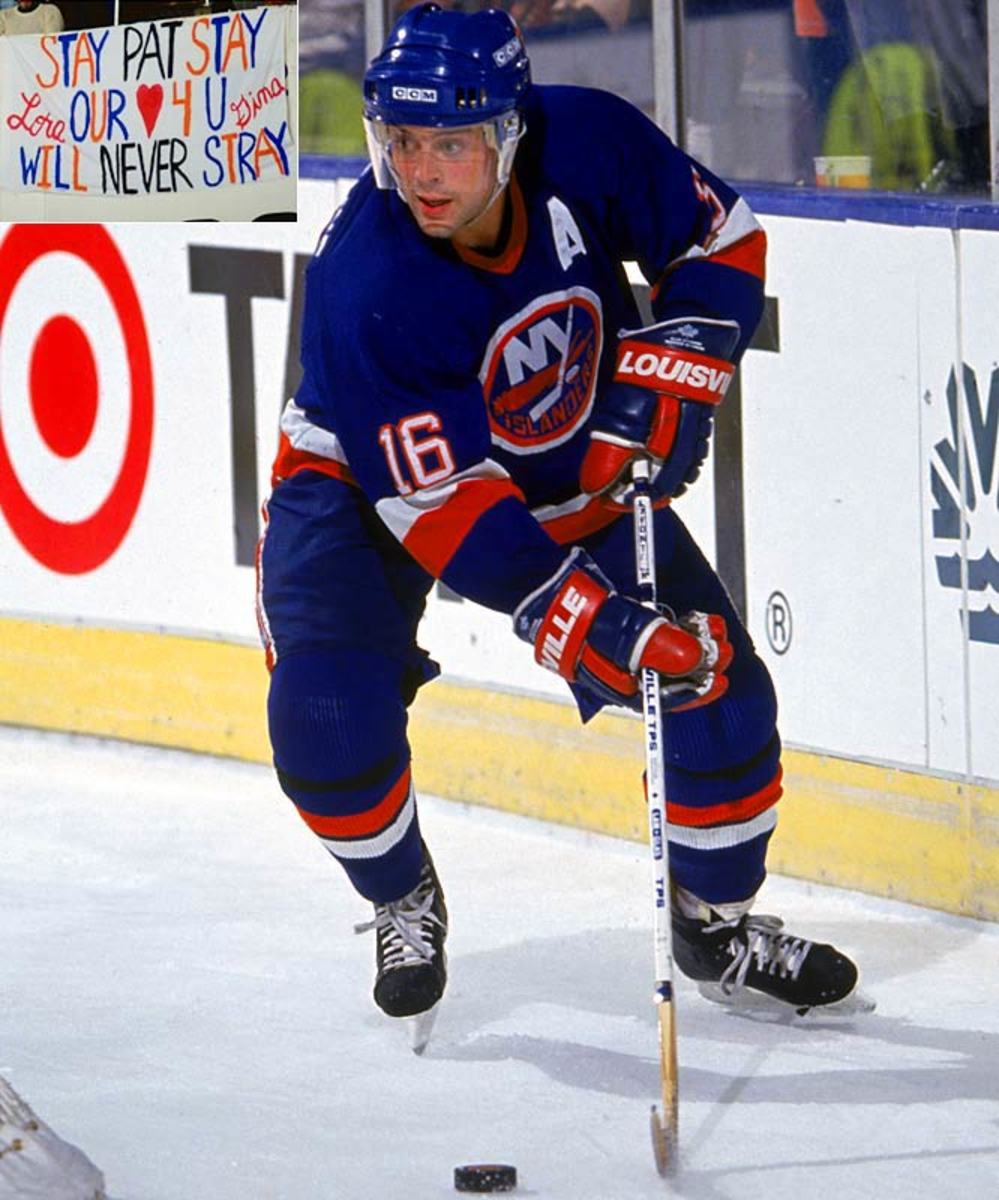
LaFontaine, one of the few beloved holdovers from the Isles' last Cup final team, expressed frustration with the franchise and held out in training camp for a new contract. He was sent to Buffalo in October '91 for Pierre Turgeon, Benoit Hogue, Uwe Krupp and Dave McIlwain. Dynasty stalwart Brent Sutter was dealt to Chicago for Steve Thomas and Adam Creighton.
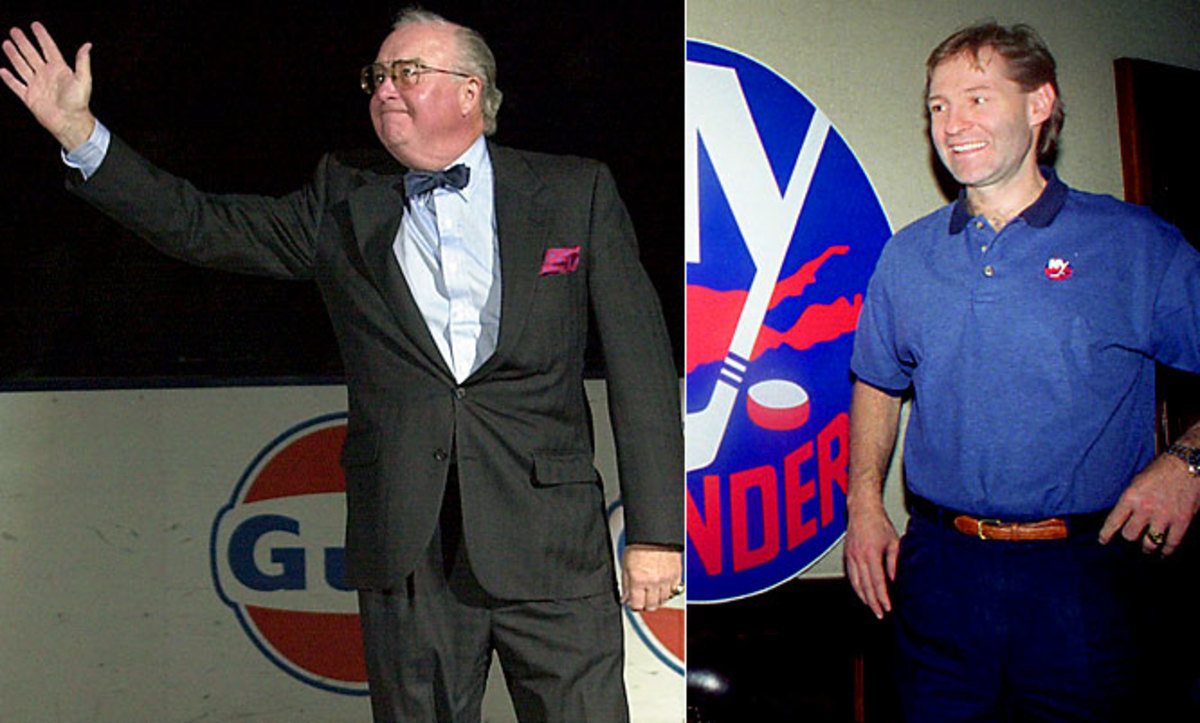
When the Isles failed to make the playoffs, the Gang of Four forced GM Bill Torrey, the architect of the dynasty, to resign after the 1991-92 season. He later took the GM job with the Florida Panthers, who reached the Cup final in '96. Assistant GM Don Maloney was tabbed to replace Torrey and went on to be widely credited with driving the Islanders into a ditch.
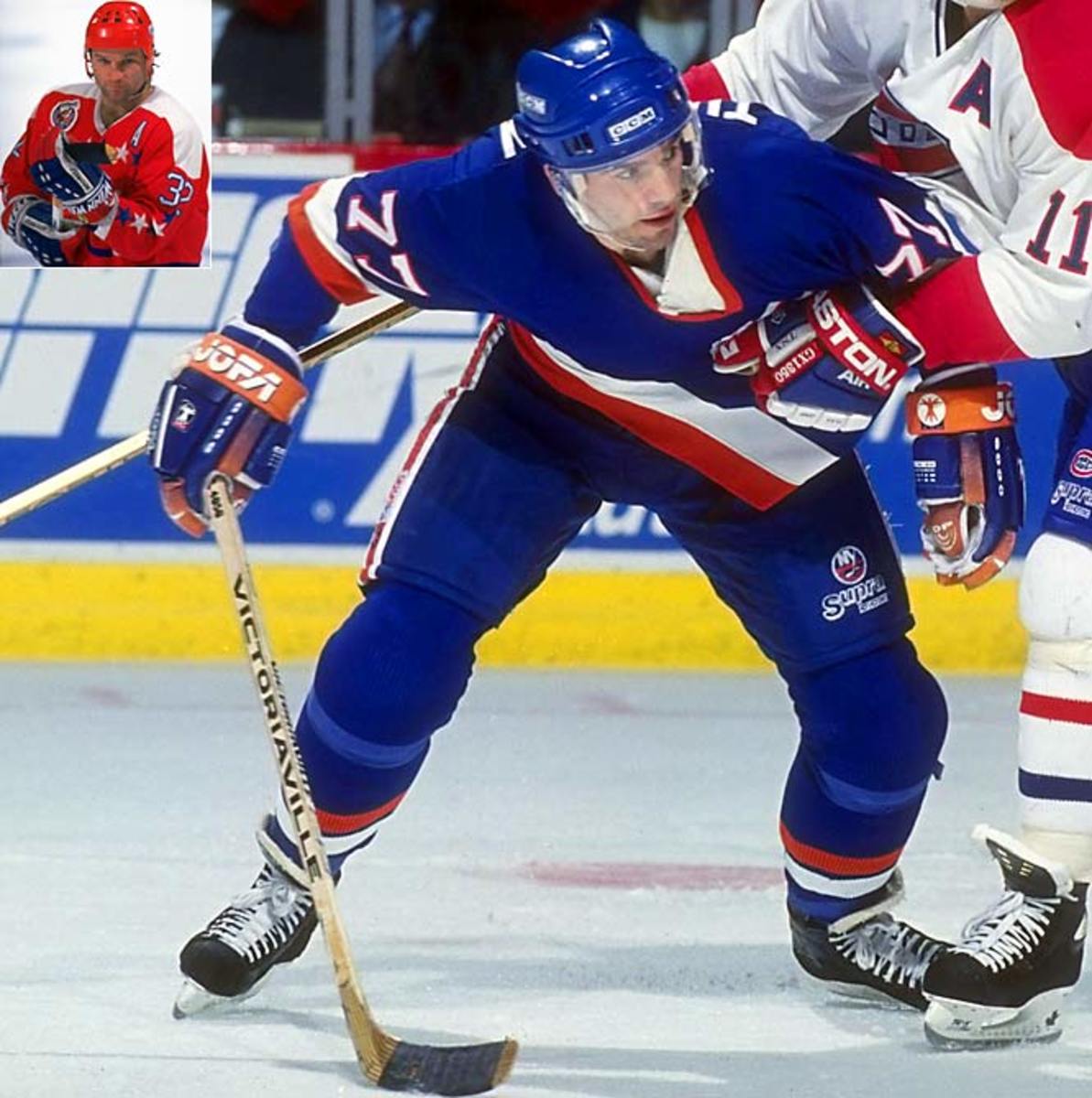
In the final blaze of vintage Islander glory, Torrey's last batch of deals yielded fruit in the spring of 1993 when the team upset the reigning Cup champion Penguins and reached the Eastern Conference Finals, where they fell to the Canadiens. Perhaps those Isles would have gone even further had star center Pierre Turgeon not been injured by Dale Hunter's egregiously late hit in the opening round against the Capitals.
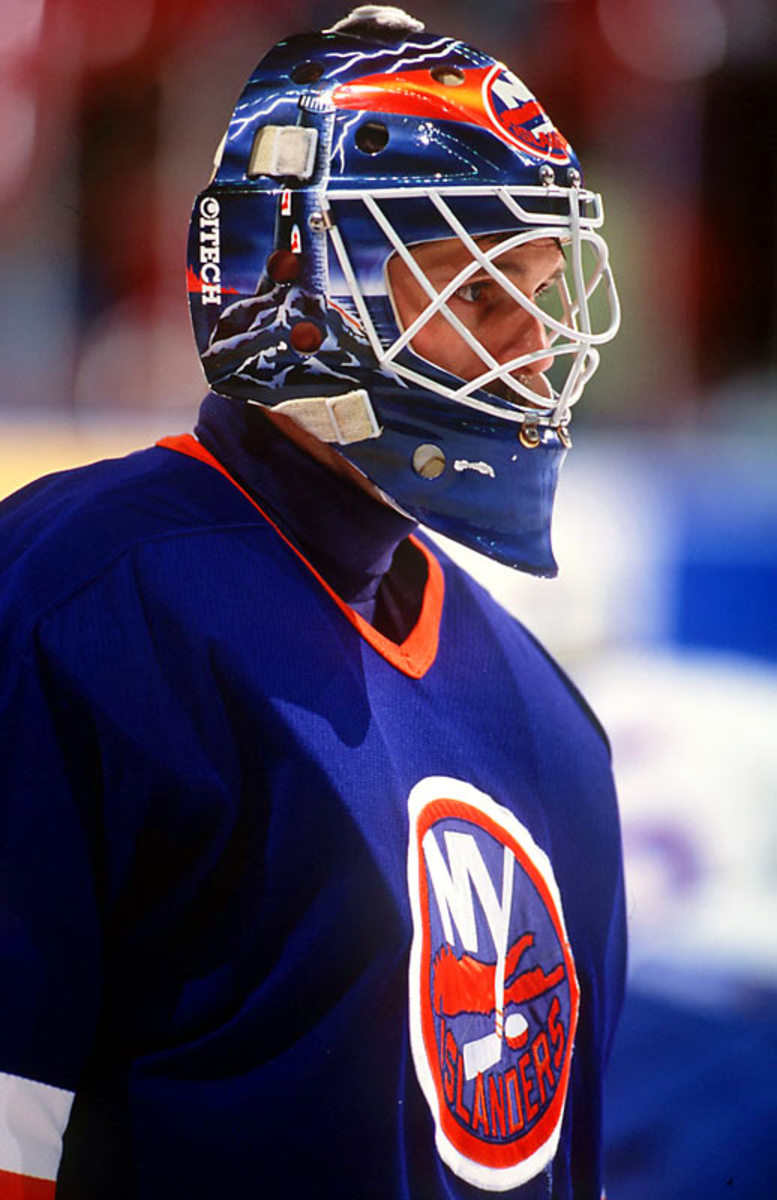
Embroiled in a contract hassle with popular goalie Glenn Healy, GM Maloney signed Ron Hextall, who became a target for fan wrath during the Isles' first-round playoff sweep by the eventual Stanley Cup champion Rangers in the '94 playoffs. The bitter defeat, which included two 6-0 shutouts, hastened the retirement of coach Al Arbour.
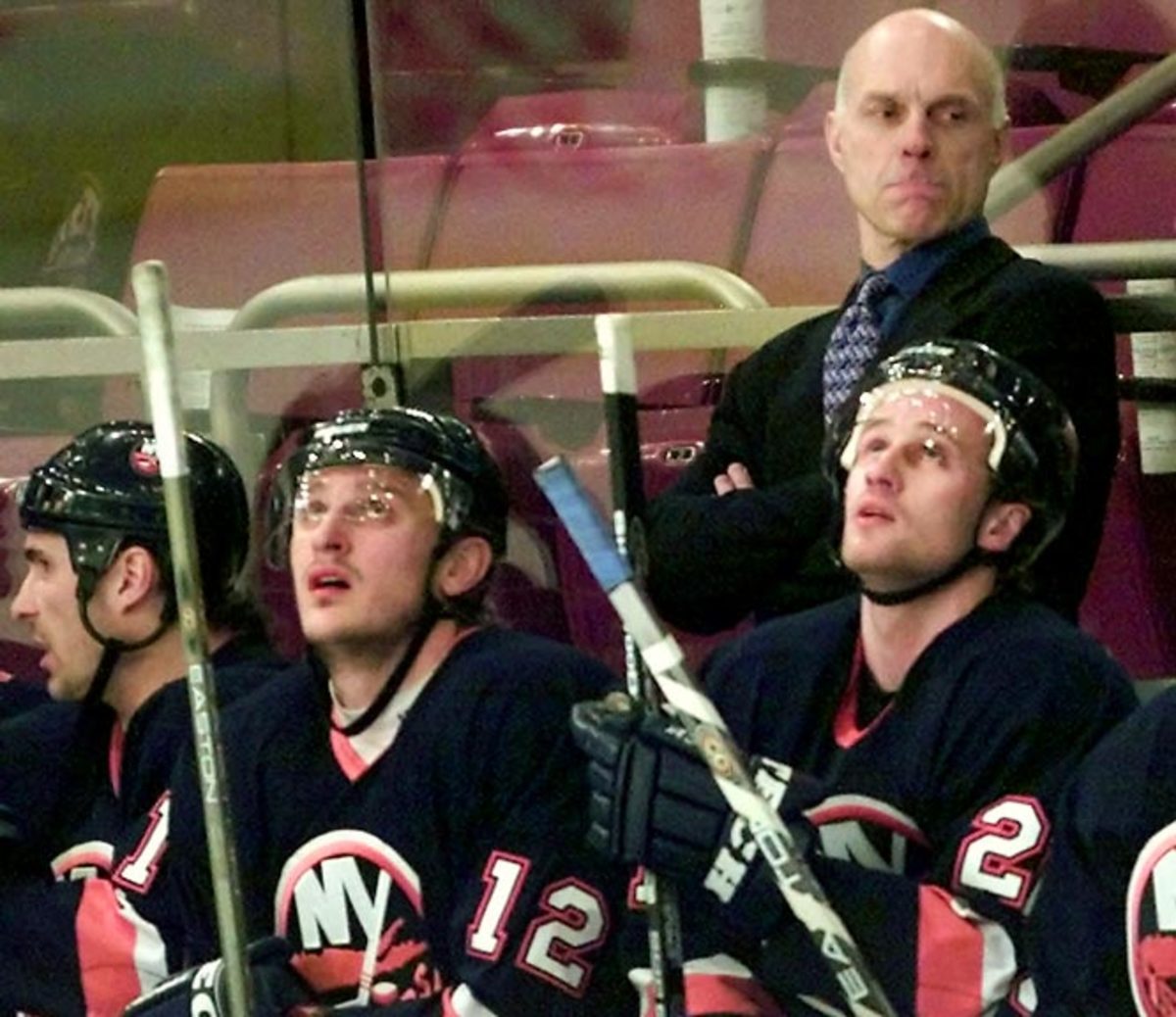
Seeking to maintain a link to their dynasty years, the Isles named Lorne Henning, the man who set up Bob Nystrom's Cup-winning goal in 1980, as coach for 1994-95. So much for past magic. The Isles went on to finish with the league's second-worst record (15-28-5) in a lockout-shortened season.
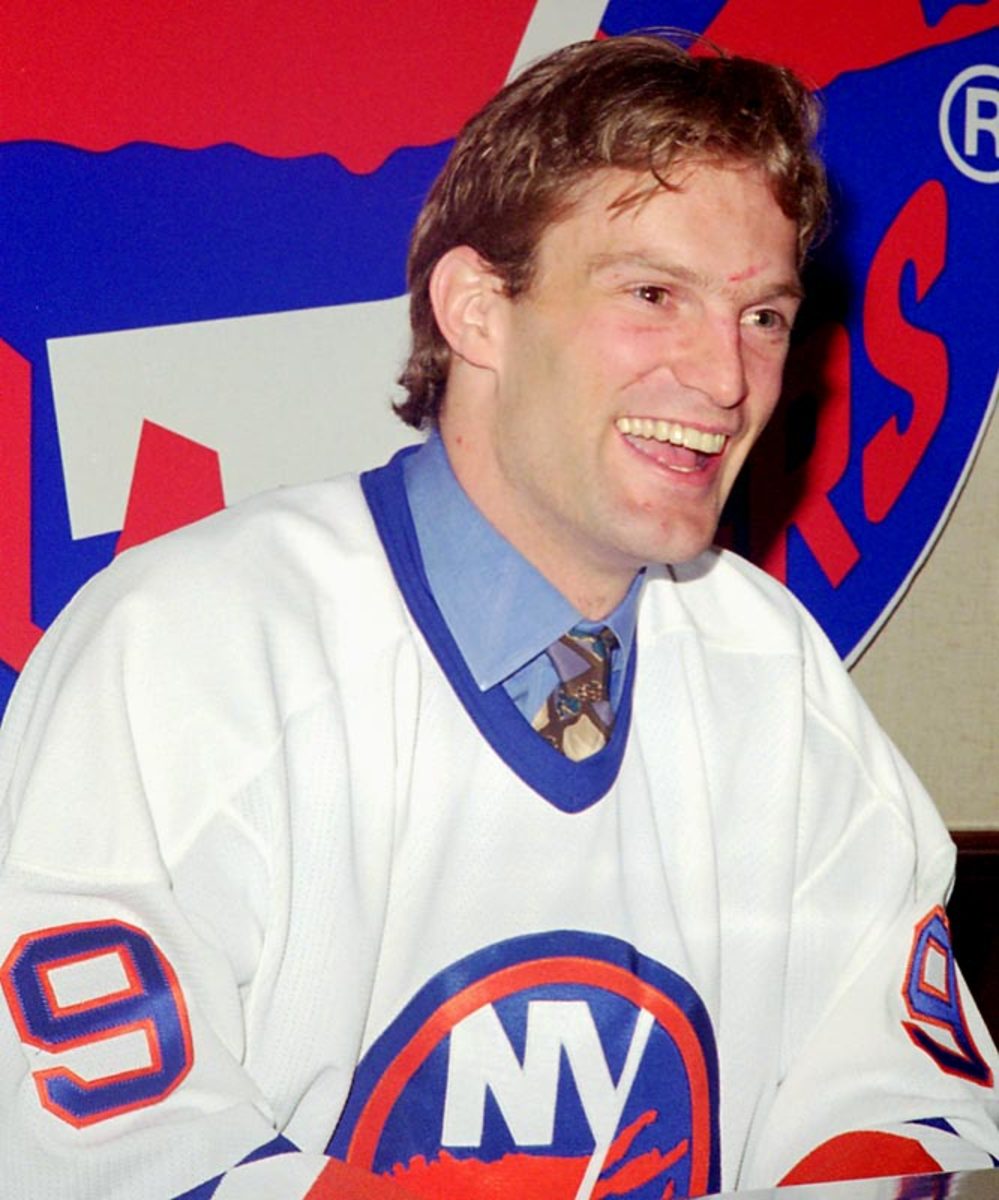
Seeking a fix, Maloney began wheeling and dealing, enraging Isles fans by trading Turgeon and defenseman Vladimir Malakhov to Montreal for Mathieu Schneider and Kirk Muller, who wept at the news and balked at joining the shipwreck on Long Island. Ultimately, Muller played only 45 games for the Isles, scoring seven goals and 15 points, before refusing to suit up and forcing a 1996 trade that netted Bryan Berard, Martin Straka and Ken Belanger.
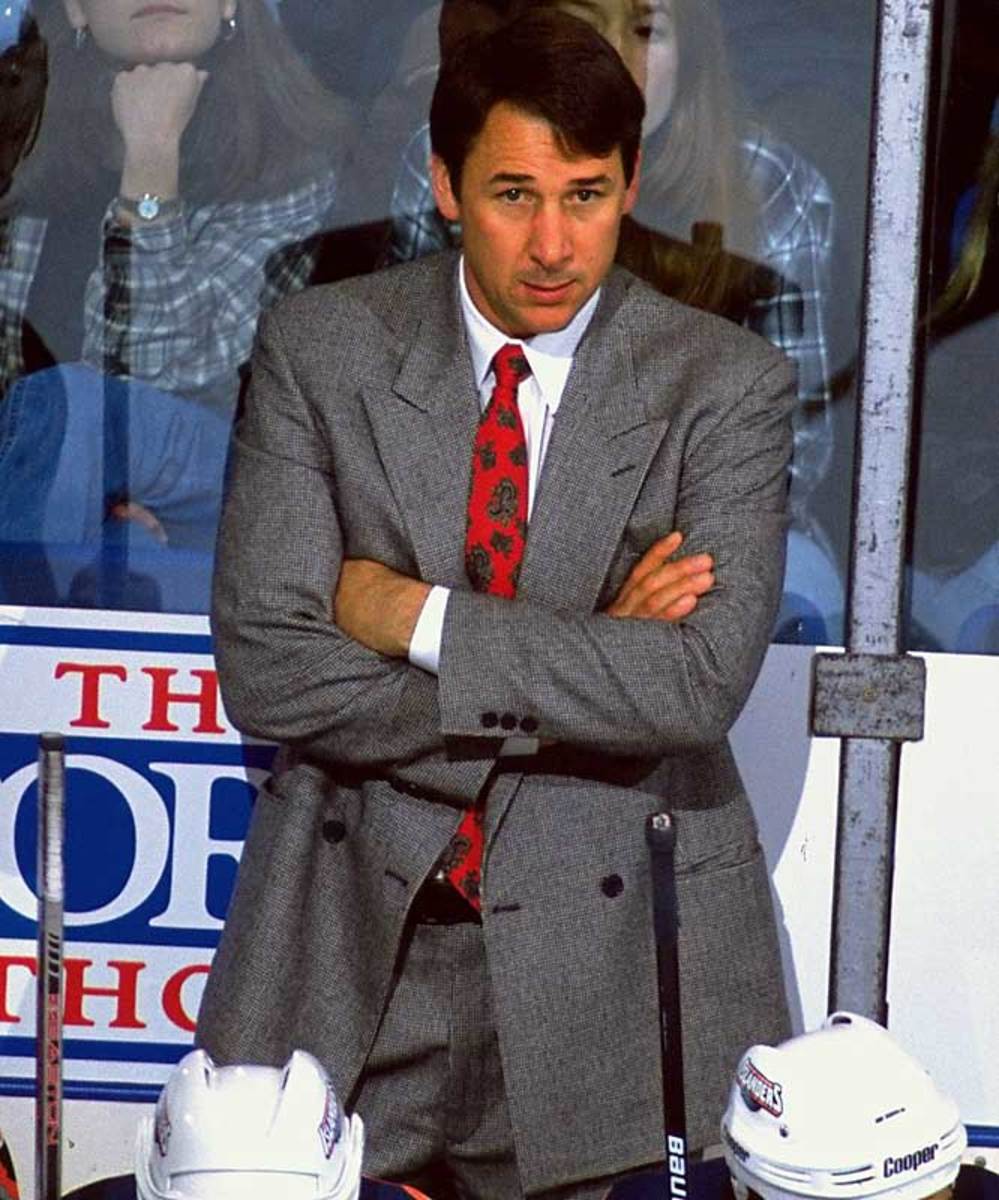
Henning's brief tenure ended with the now-lamented Mike Milbury being brought in behind the bench for 1995-96. With the Isles going over the falls en route to the league's worst record, Milbury got total control when Maloney was canned in Dec. `95. "Unfortunately, Don Maloney is probably better qualified to be a general manager in this league now than he was four years ago," co-owner Ralph Palleschi said. "He failed. We failed. The team failed." CLICK HERE for The Best & Worst of Mad Mike Milbury.
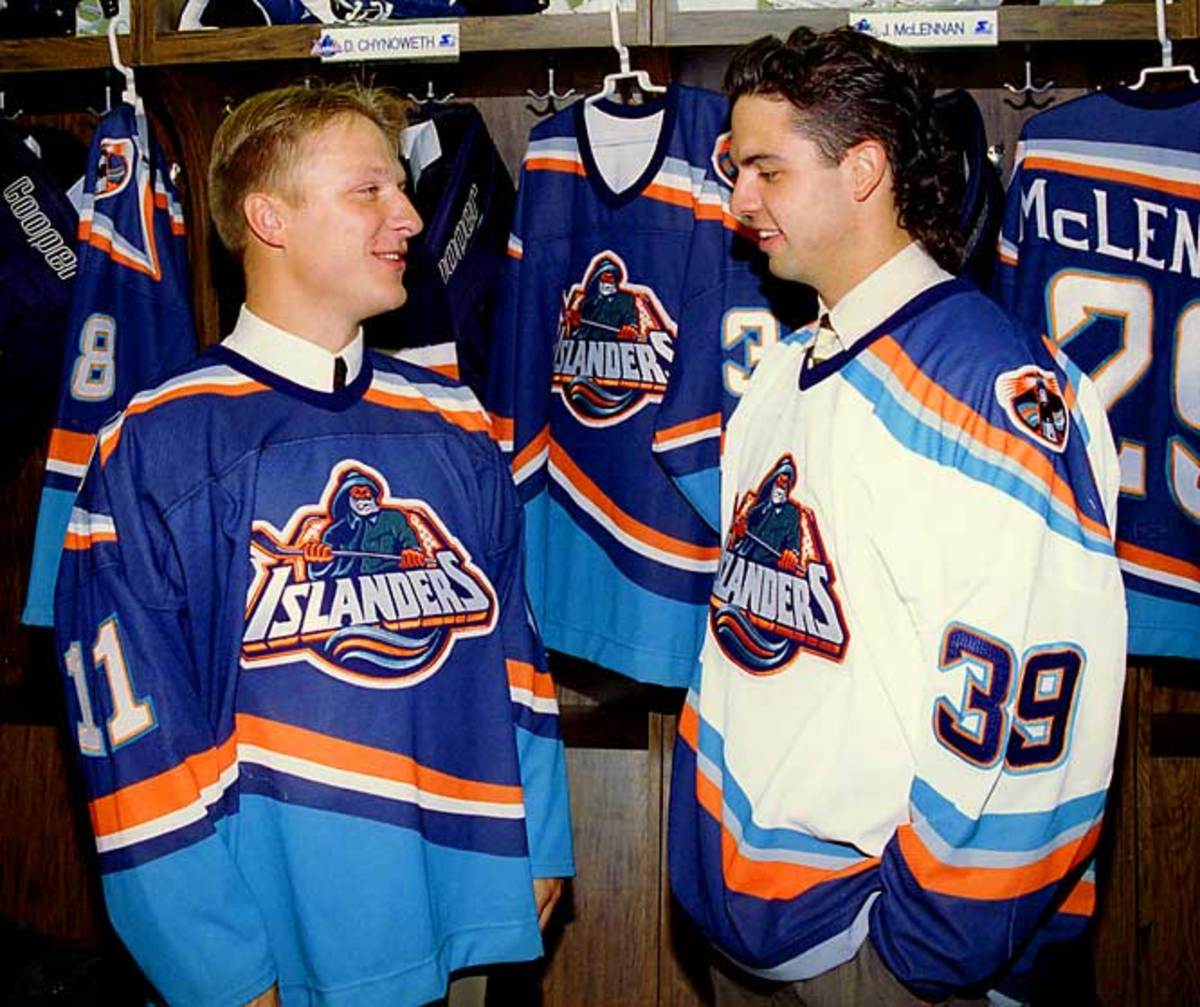
The ultimate indignity during that awful 1995-96 season was the Isles' new uniforms, which inspired Ranger fans to chant, "We want fish sticks!" due to the crest's uncanny resemblance to a character associated with a name brand of frozen sea food. The seasick threads were befitting a team that finished with a scurvy mark of 22-50-10. The fisherman was deep-sixed after the season in favor of the old crest, but the nautical colors remained a while longer.
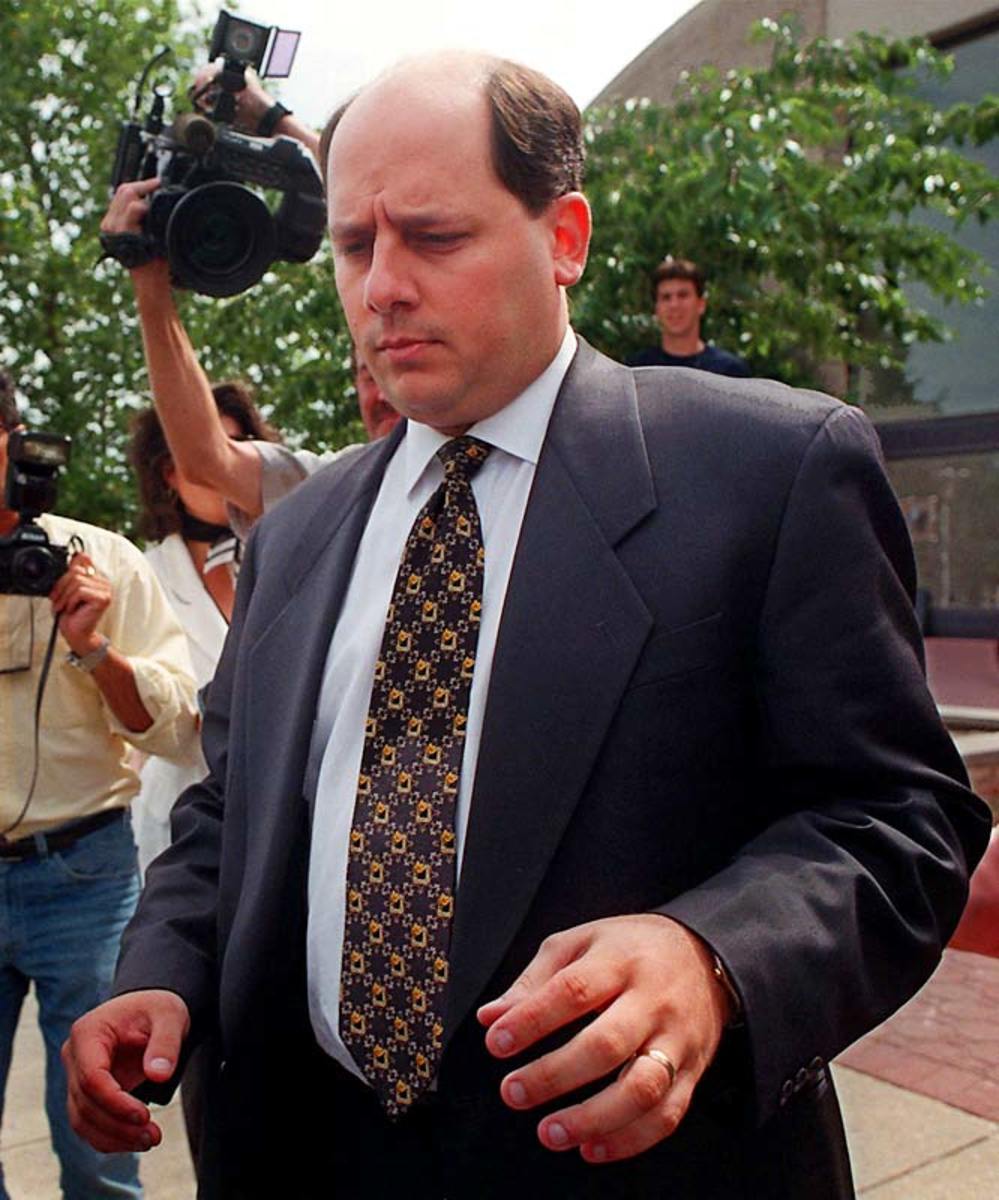
As if the 1995-96 season wasn't bad enough, owner John Pickett attempted to sell the team to John Spano, who was later revealed to be a con man. Spano's final payment of $17 million bounced and he wound up being sentenced to 71 months in jail for fraud.
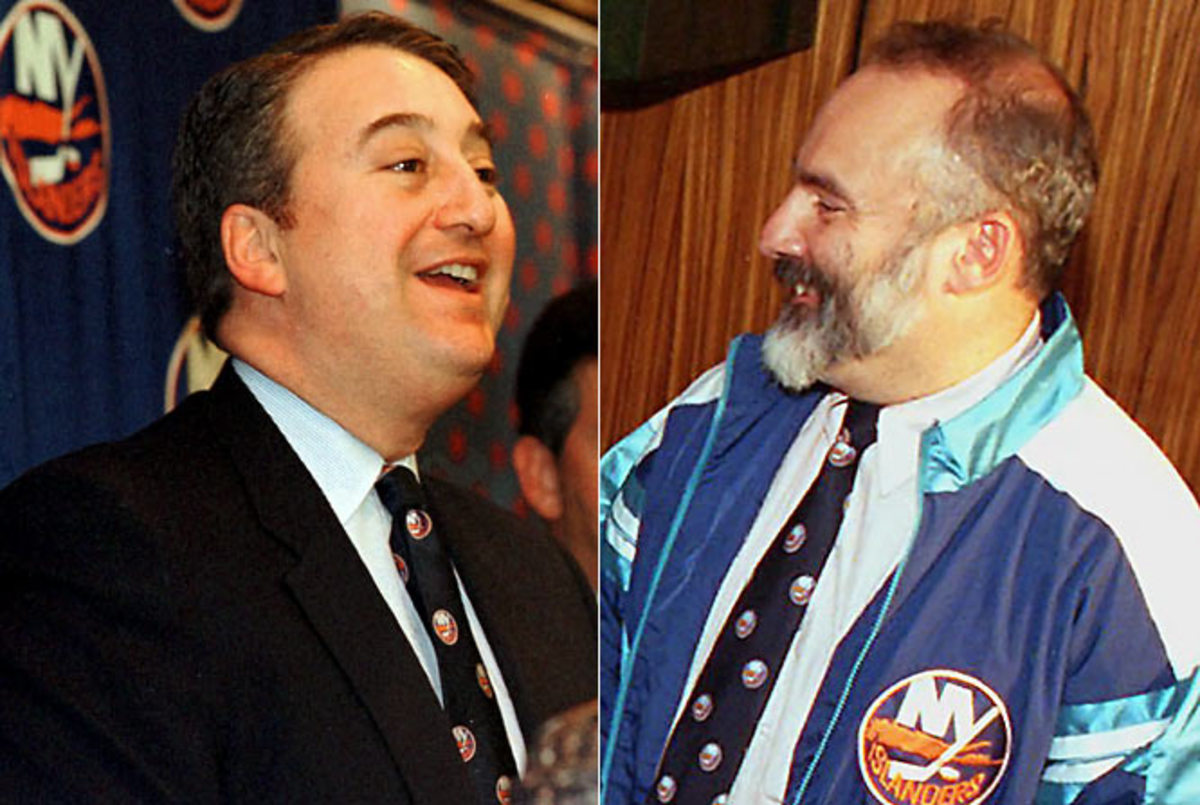
In 1998, Pickett finally sold his woebegone franchise to Howard Milstein and Steven Gluckstern, who promptly began trying to run it on a shoestring. Fans were soon in open, angry, chanting revolt as the Isles traded away promising young players such as Todd Bertuzzi, Brian McCabe, Bryan Berard and the popular Ziggy Palffy to save cash, all while failing to get a sniff of the playoffs.
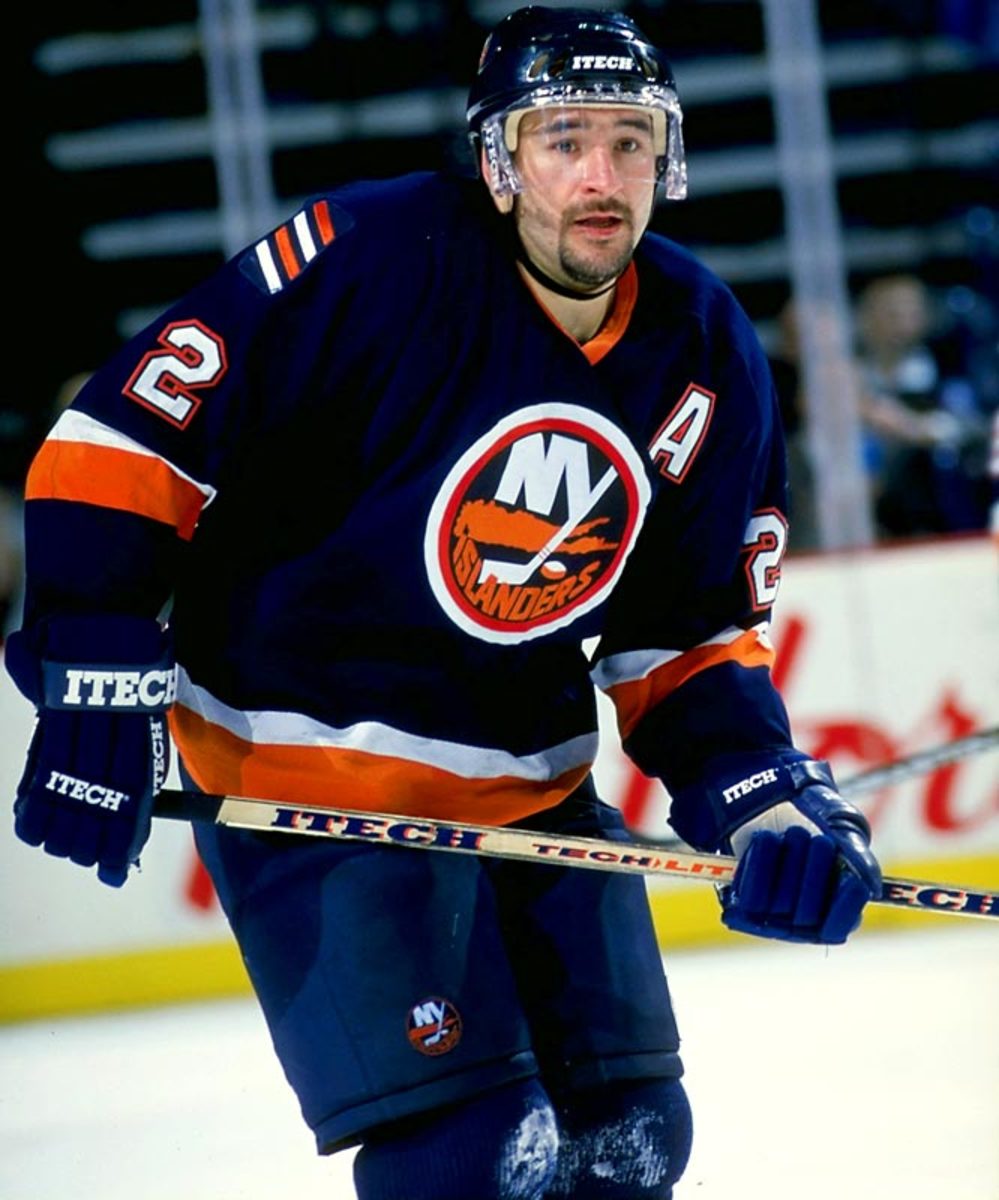
Defenseman Rich Pilon, a 10-year veteran, summed up the Isles' sorry state of affairs by saying, ''It's like the players don't really know what the ownership's priorities are, but we're paid well to do this job, so we've got to keep playing. The fans don't know what's going on, so they're frustrated, and the worst thing is that a club with a great history is falling apart.''
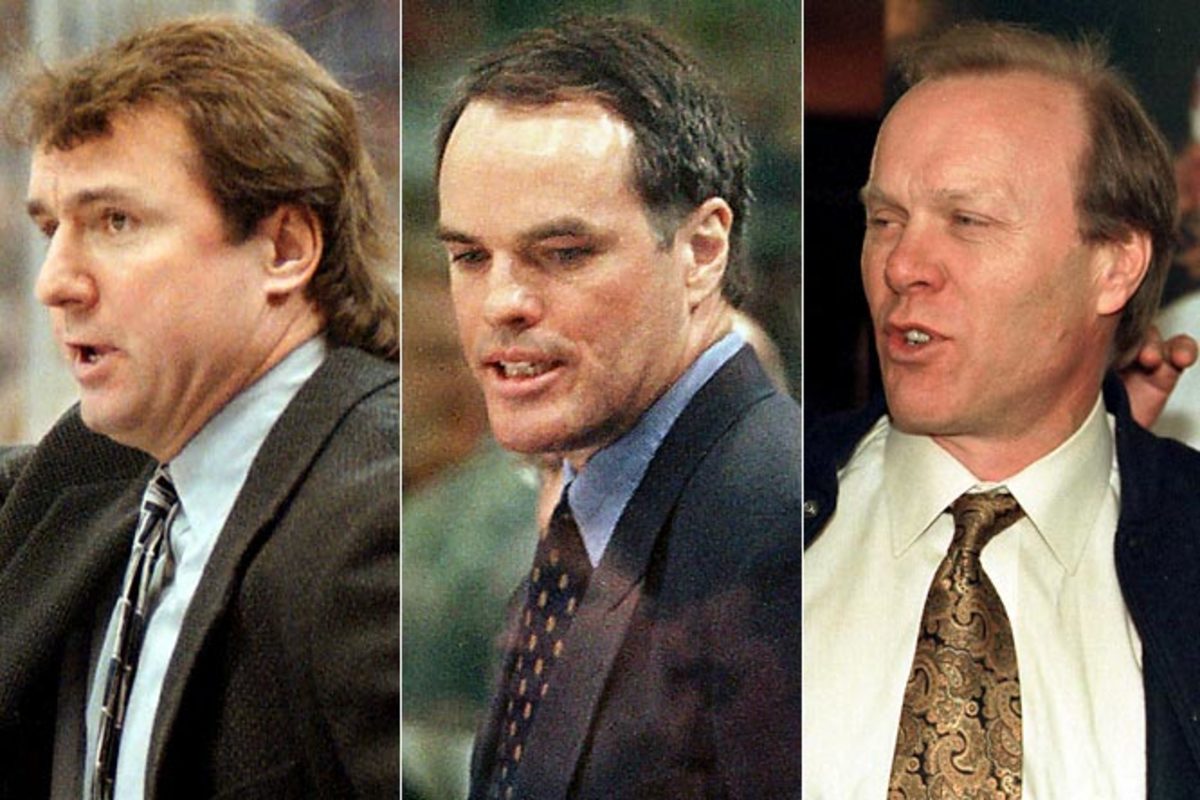
The Isles' coaching carousel kept whirling with no playoffs in sight as Milbury resigned in the middle of the '96-97 season and replaced himself with Rick Bowness, who lasted into the next campaign before Milbury replaced him and then turned the reins over to Bill Stewart in the middle of 1998-99. Stewart was quickly replaced by dynasty icon Butch Goring, whose two seasons behind the bench ended in 2001 with the Isles' worst full-season showing (21-57-3) since their inaugural expansion season of 1972-73.
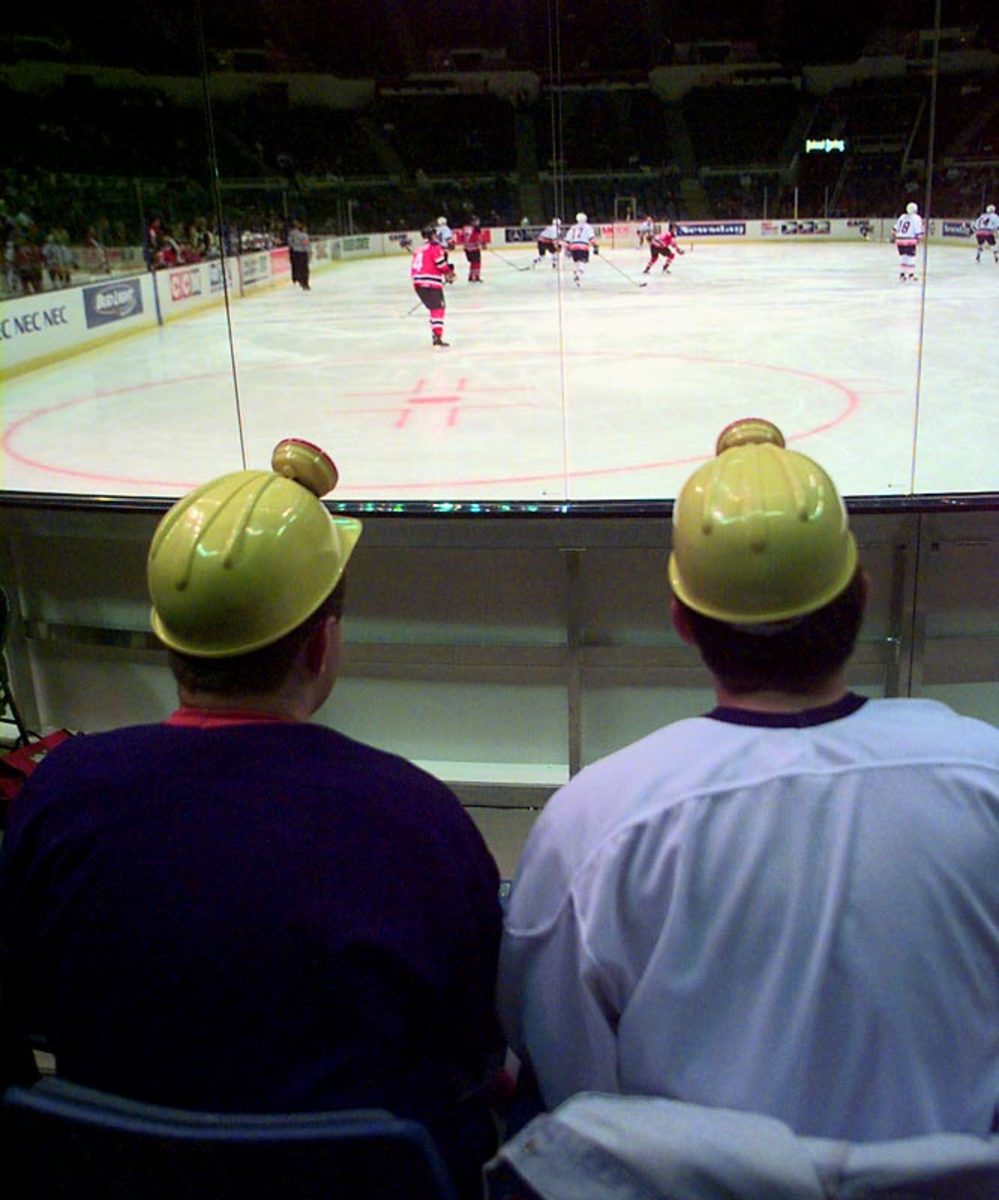
Once a home of champions, Nassau Coliseum became the crumbling Mausoleum. Attendance fell below 12,000 per game and the old barn became the center of an absurd dispute about its safety when the team's owners claimed the scoreboard was about to fall from the ceiling. After suing the company that manages the arena, moving their offices out and threatening to move the team as well, Milstein and Gluckstern were called "pigs at a trough" by Nassau County Executive Tom Gulotta for trying to strong-arm a new arena deal.
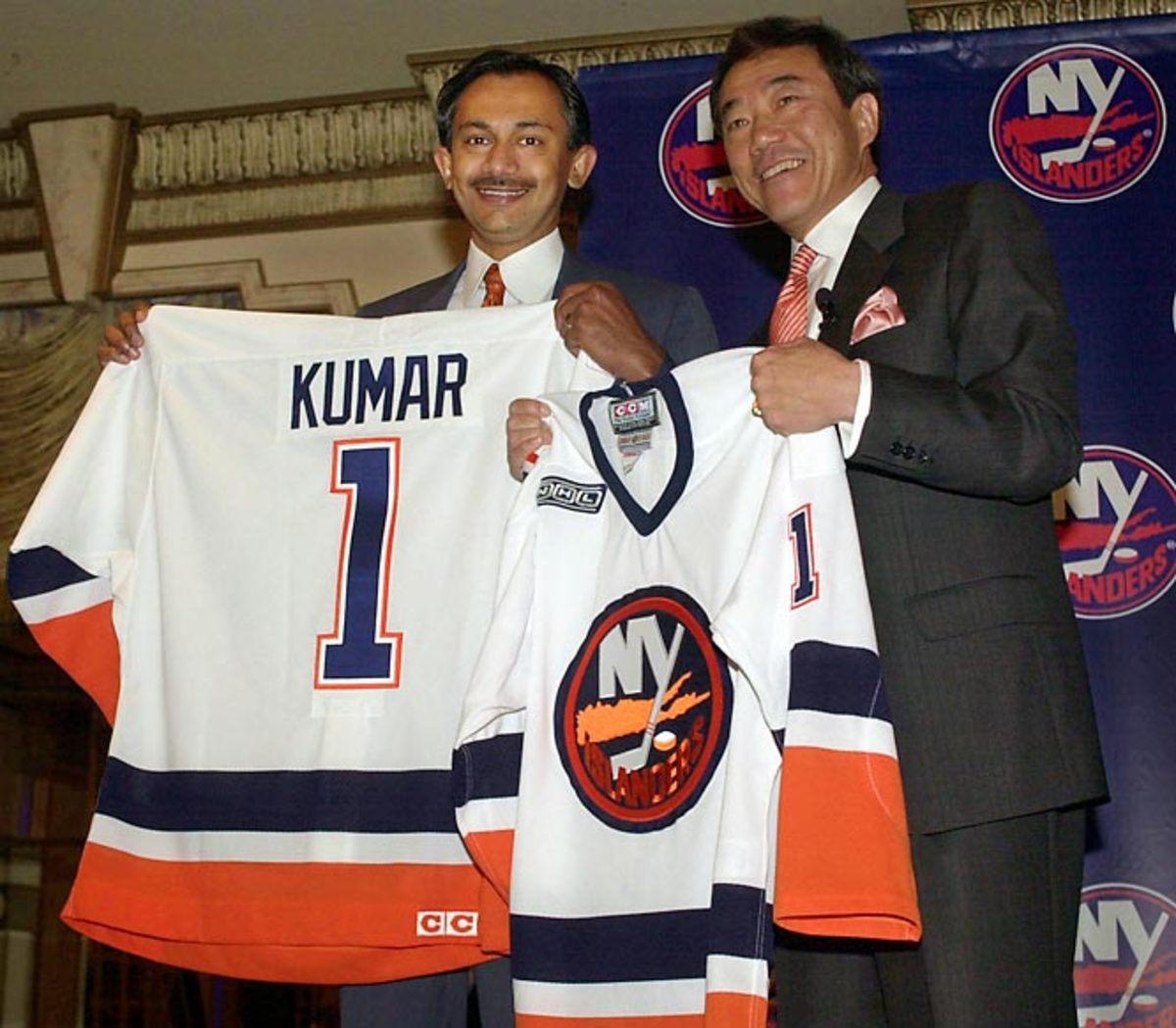
In April 2000, the "Millstone Years" ended as the team was bought by the deep-pocketed duo of Charles Wang and Sanjay Kumar, who vowed to restore the Isles to their former glory. (Seven years later, Kumar was sent to jail for 12 years for accounting fraud at his software company.) Wang bought the Isles without any guarantee that their lease at the Coliseum would be changed. They get nothing from parking and concessions and only one-third of the crumbling arena's advertising revenues.
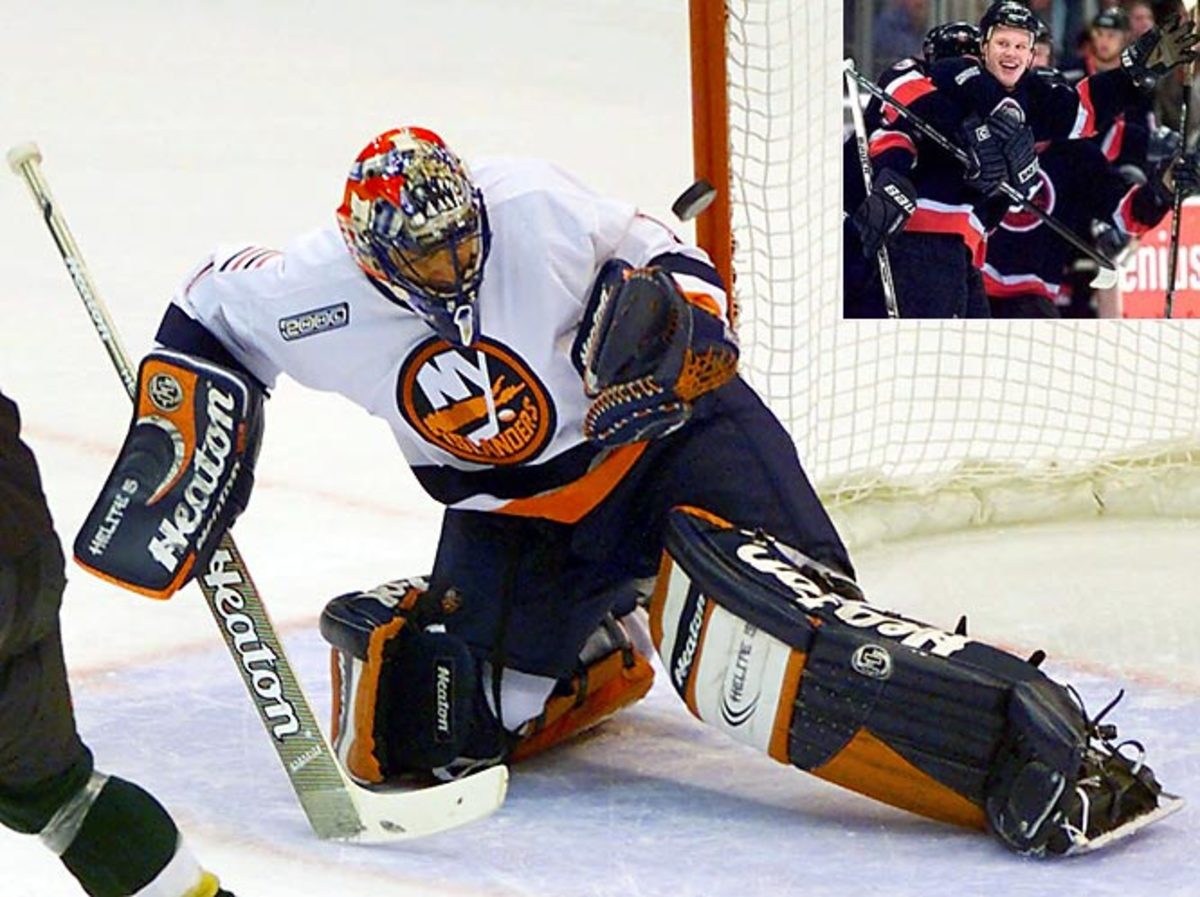
Now free to work his magic, Milbury gave himself the nickname Mad Mike by dealing cornerstone goaltender Roberto Luongo and forward Olli Jokinen to Florida on draft day for Mark Parrish and Oleg Kvasha. "As dangerous as this may be," Milbury said, "we think Mad Mike may have something going for him."
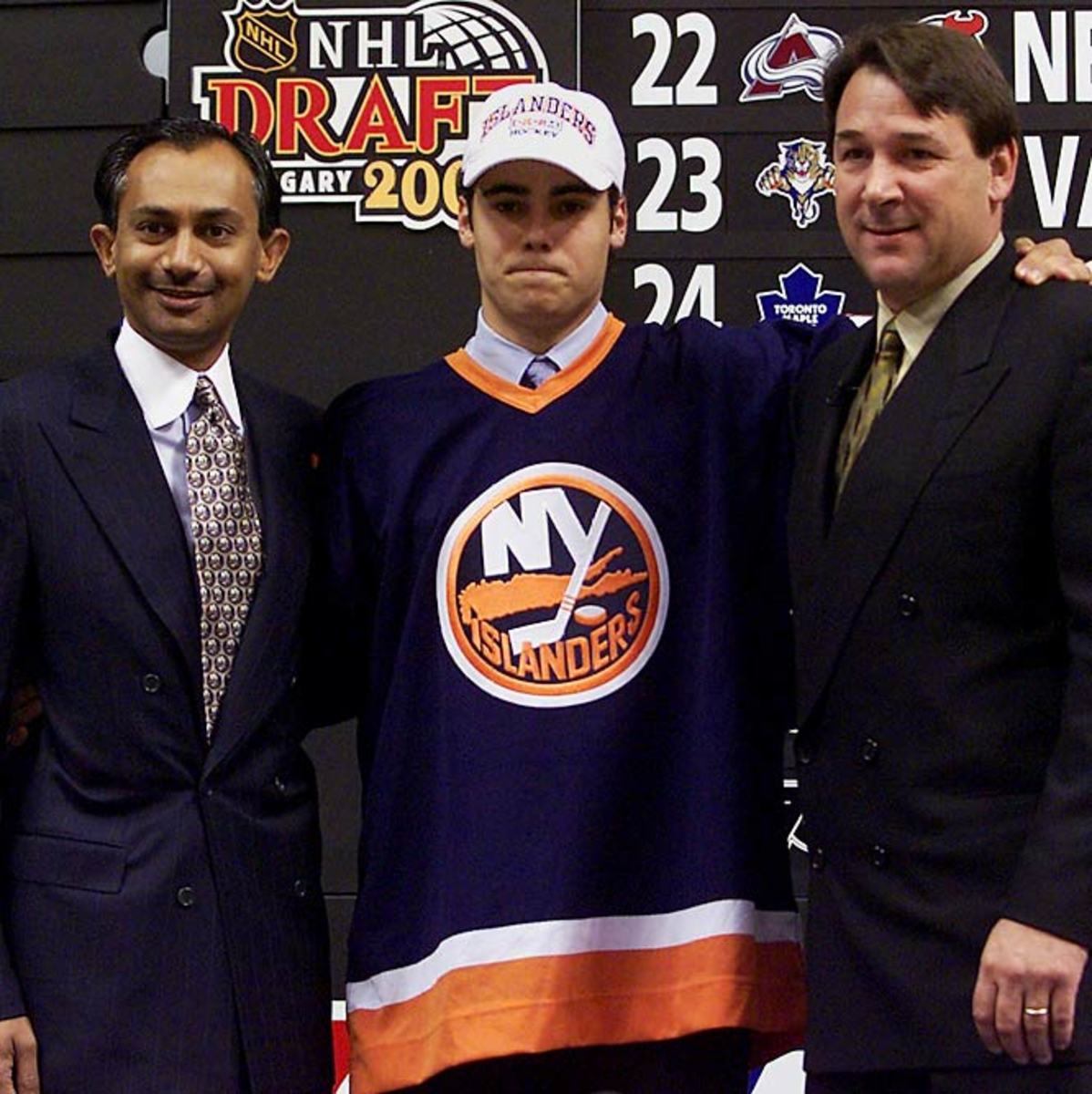
The Isles instantly replaced Luongo in the 2000 draft by selecting Rick DiPietro, the first goalie to every be chosen first overall. In Sept. 2006, the Isles gave DiPietro a staggering 15-year, $67.5 contract -- prompting some wags to note that at least former co-owner Kumar will still be able to see him play for the Isles after he gets out of jail. DiPietro proved to be a formidable goaltender at first, then displayed a disconcerting knack for serious injuries that earned him the nickname "Rickety."
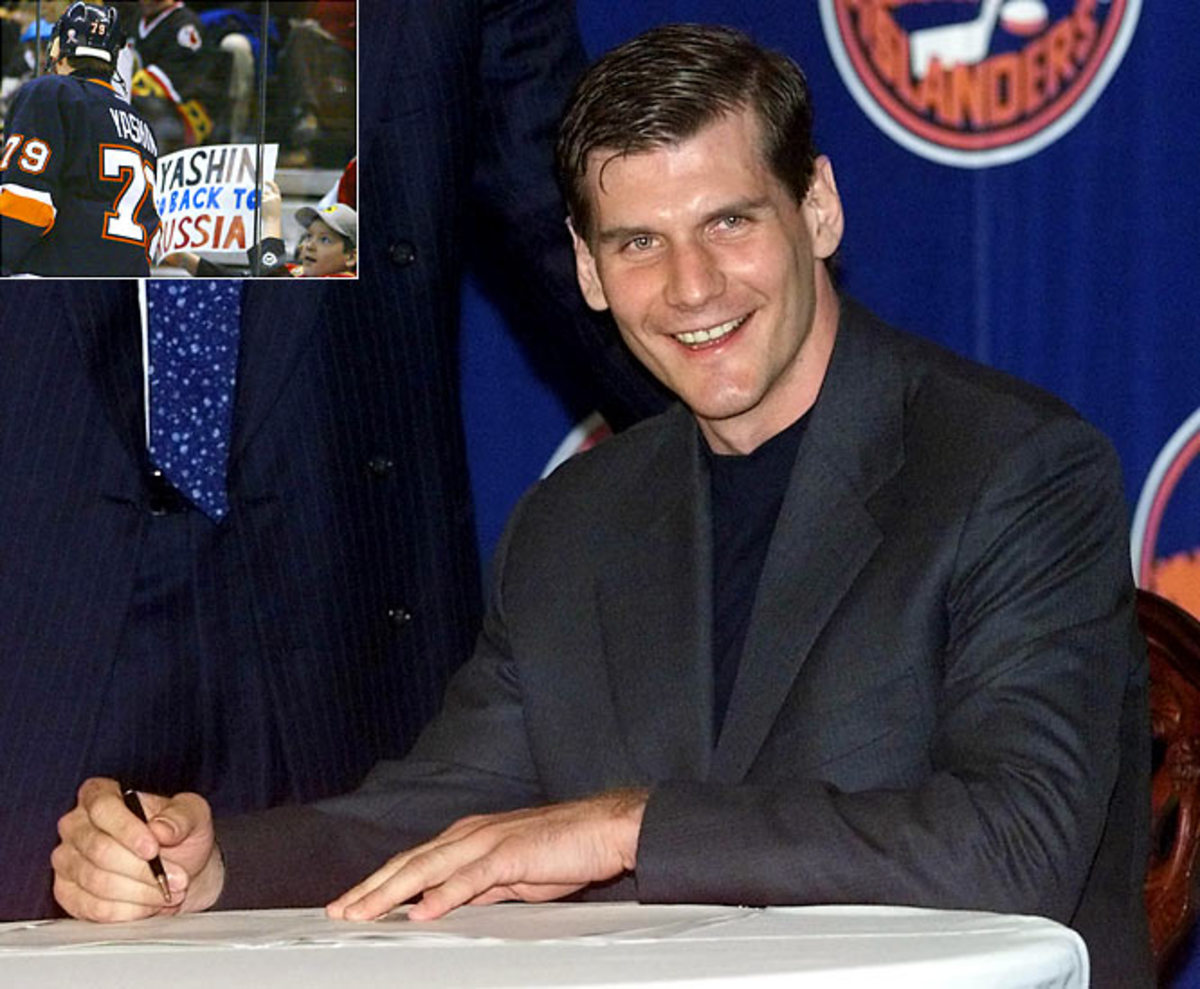
In another of Milbury's infamous deals, Alexei Yashin was acquired from Ottawa in June 2001 for Zdeno Chara, a first-round pick (Jason Spezza) and Bill Muckalt. Known as a floater, Yashin became a favorite of owner Charles Wang, who stunned hockey by giving the forward a 10-year, $90 million deal and later making him captain. The mostly unproductive Yashin had his contract bought out in 2007, although there were rumors about the Isles wanting to bring him back in ensuing years.
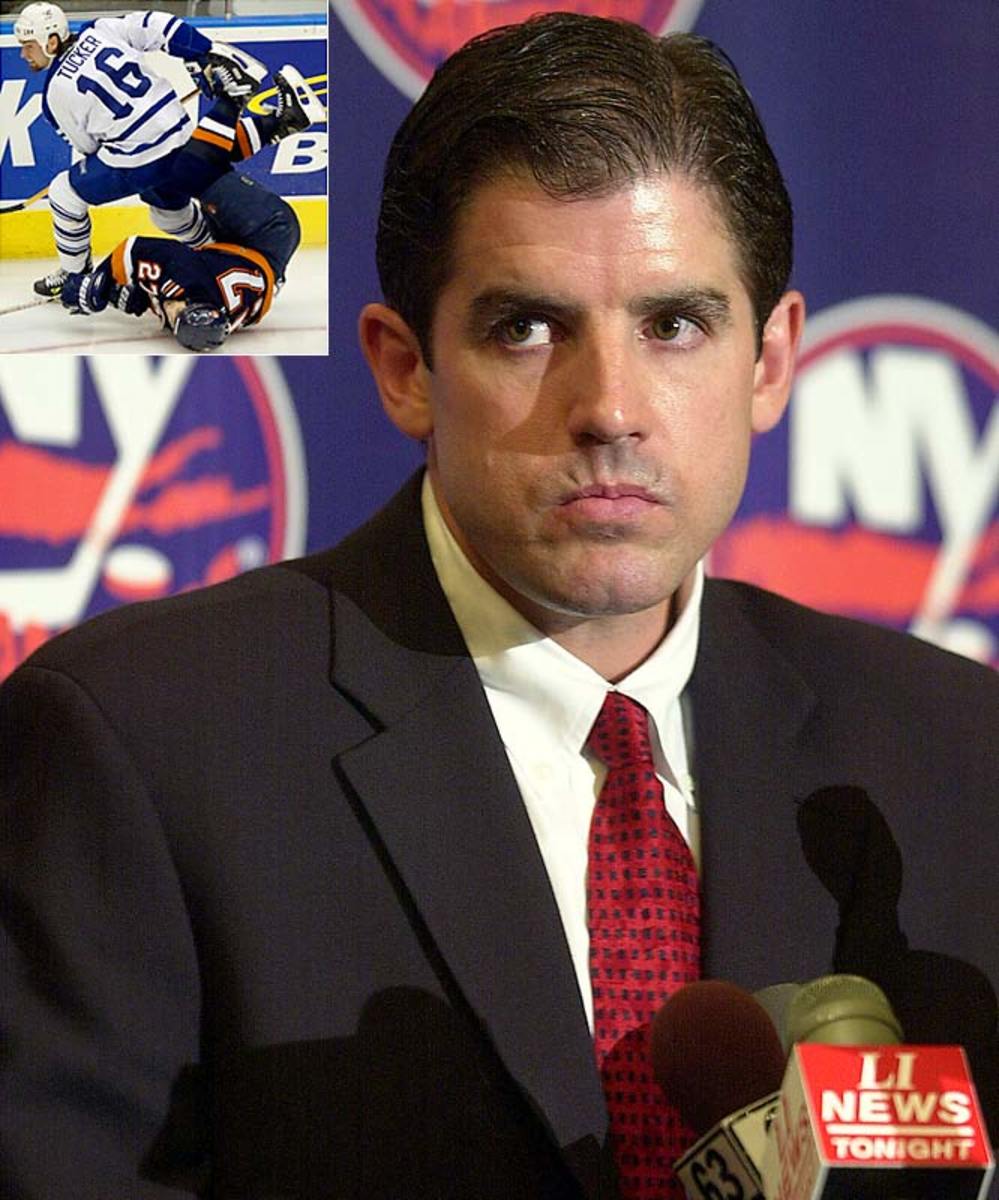
In May 2001, the Isles raised eyebrows by hiring the relatively unknown Peter Laviolette as coach, rather than former Jack Adams Award-winner Ted Nolan. Laviolette then led the Isles to a dramatic 44-point turnaround in 2001-02 and their first playoff berth in seven years. However, the promise was short-lived as Darcy Tucker and the bruising Maple Leafs knocked the upstart Isles out of the playoffs in seven games.
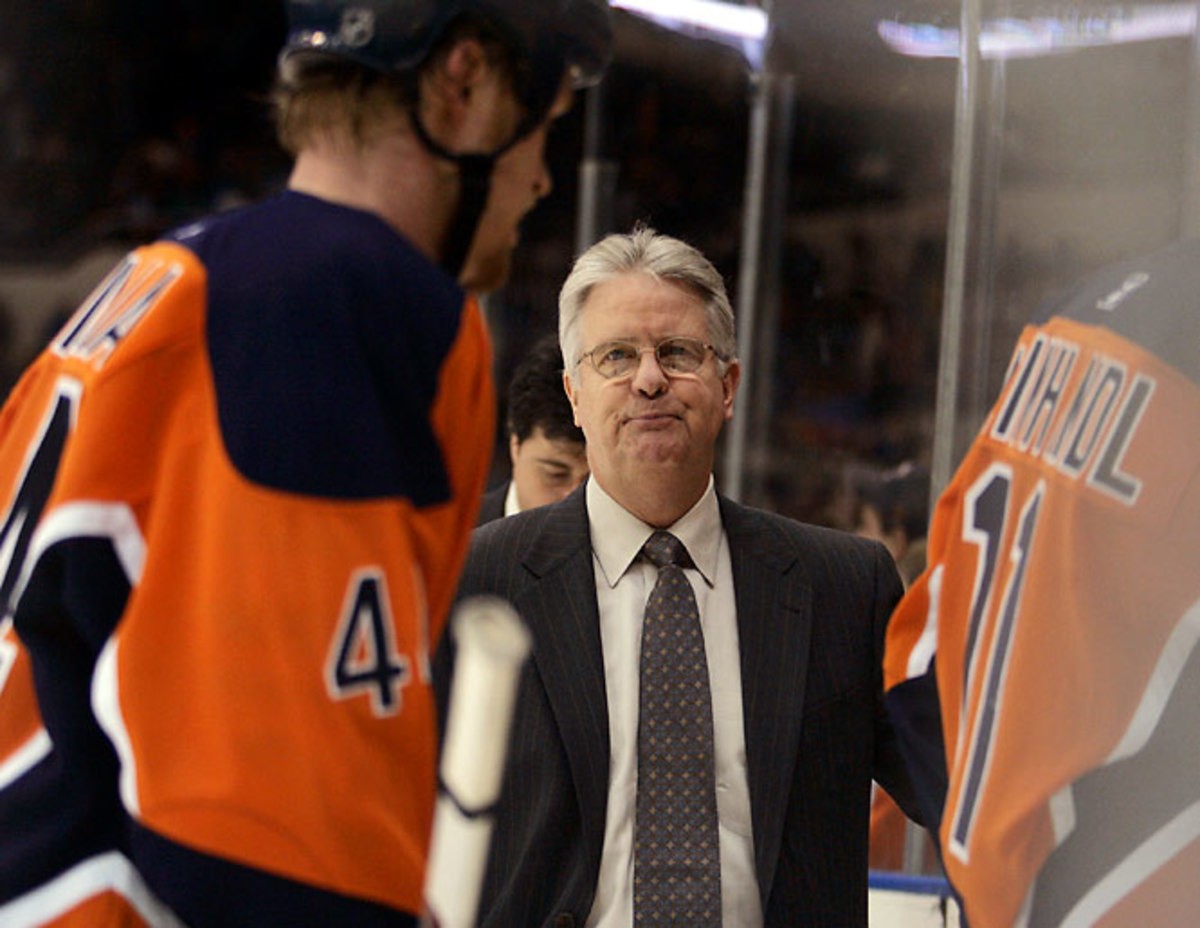
When the Isles failed to advance past the superior Ottawa Senators in the first round of the 2003 playoffs, Milbury replaced Laviolette with the little-known Steve Stirling. The Isles made the playoffs the following season, but lost in the first round to Tampa Bay. Stirling's reign ended with the team heading for the golf course early in 2006. In a fitting bit of cosmic commentary, a sewage pipe burst at Nassau Coliseum, flooding the Isles' dressing room. Laviolette would go on to coach the Hurricanes to a Stanley Cup in 2006, and the Flyers to the Stanley Cup Finals in 2010.
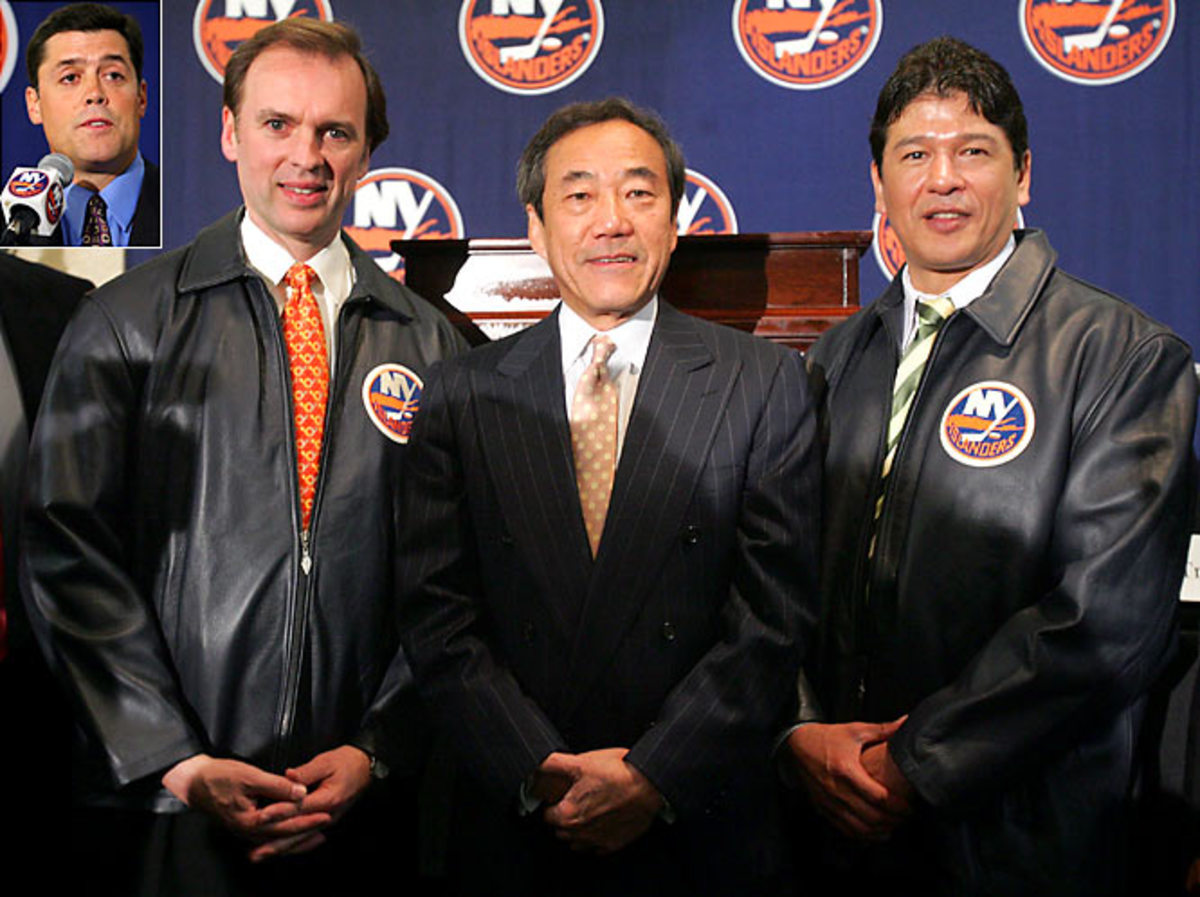
In June 2006, a tantalizing glimmer of hope: Wang hired Ted Nolan as coach and brought in Neil Smith, the architect of the Rangers' 1994 Stanley Cup champions, as GM. Dynasty hero Bryan Trottier returned as director of player development and Pat LaFontaine was brought back as an advisor to Wang. Then Smith stunningly departed after only one month. "As I made clear at the press conference last month, we are running this as a business, incorporating the opinions of our hockey operations staff, including Ted Nolan, Bryan Trottier and Pat LaFontaine," Wang explained. "Neil expressed to me on a number of occasions his philosophical opposition to our business model." LaFontaine quickly followed Smith out the door.
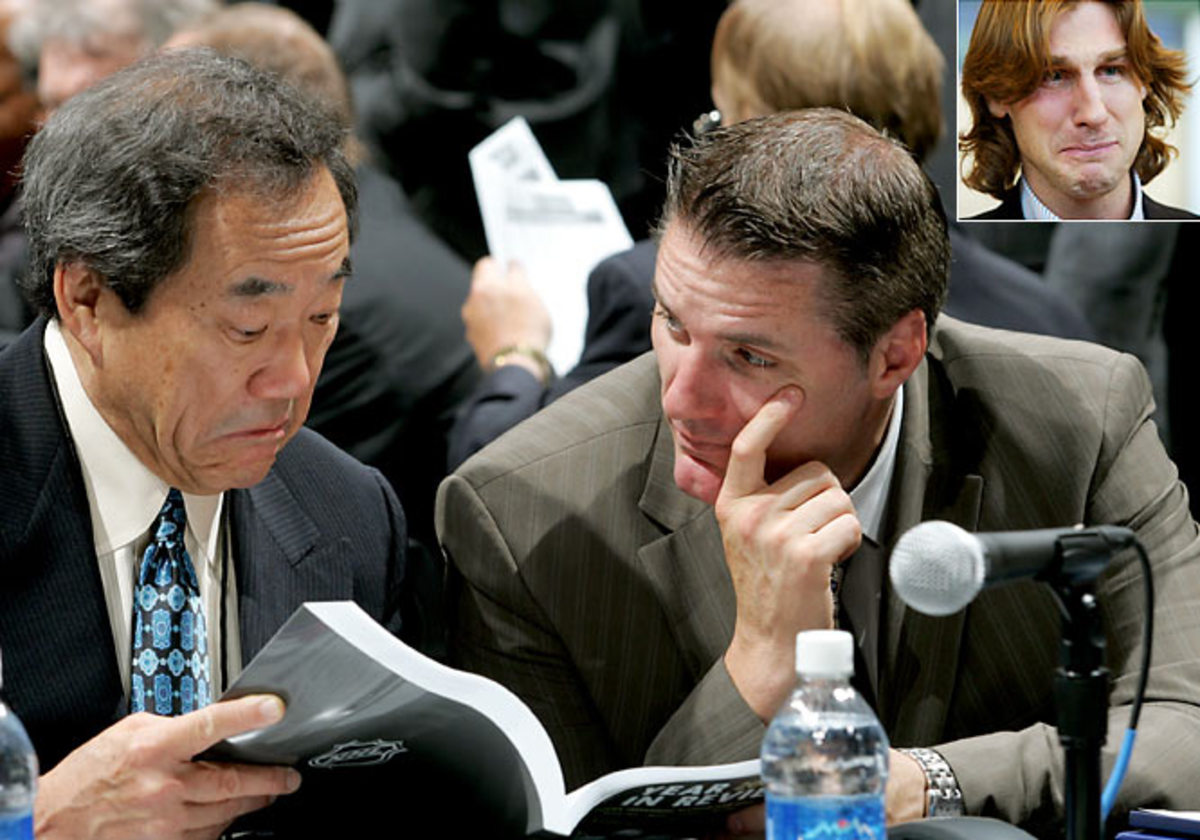
Yet another stunner as backup goalie Garth Snow convinced Wang that he should be the new GM. "I spoke with Garth at length throughout the spring about the general manager's position, and he really impressed me with his passion and his knowledge," Wang said. "When the job opened up, the choice was an easy one." Snow later made a splash at the 2007 trade deadline when he acquired respected on-ice leader and playoff veteran Ryan Smyth from Edmonton. Smyth wept when he got the news.
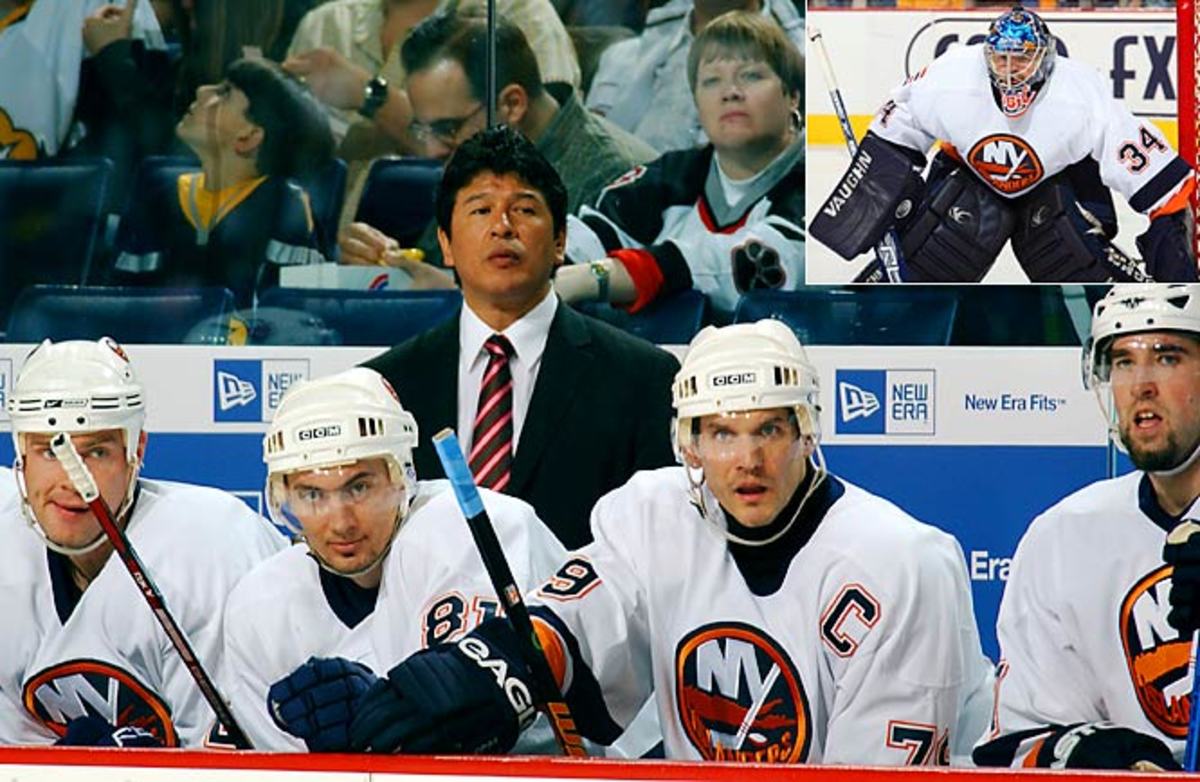
With the Isles vowing to win on guts, grit and hard work, Nolan stunningly led them into the playoffs with a near-miraculous run in the final week of the 2006-07 regular season. When Toronto and Montreal stumbled and backup goalie Wade Dubielewicz preserved a final-day shootout win over the Devils, the Isles got in -- only to lose to Buffalo in five first-round games.
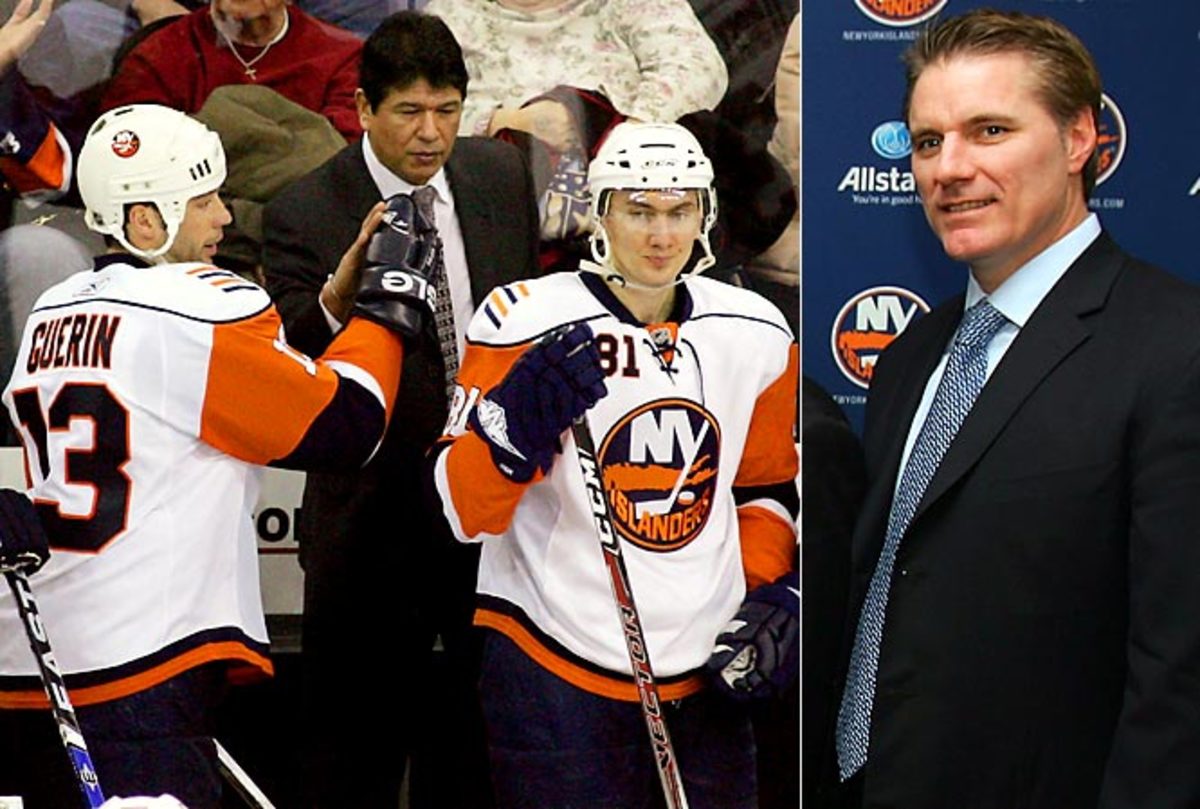
After nearly making the playoffs again with an injury-riddled team, the Isles let Nolan go in July 2008, largely for having the temerity to tell his GM that the group of plumbers they had on the ice was not the second coming of the Mike Bossy-Bryan Trottier-Clark Gillies-Denis Potvin-Billy Smith team. Snow disagreed, insisting that Bill Guerin, Miroslav Satan, Ruslan Fedotenko, Mike Comrie and Brendan Witt should be enough talent for anyone. The Isles saga continued as Snow searched for a coach who shares his vision.
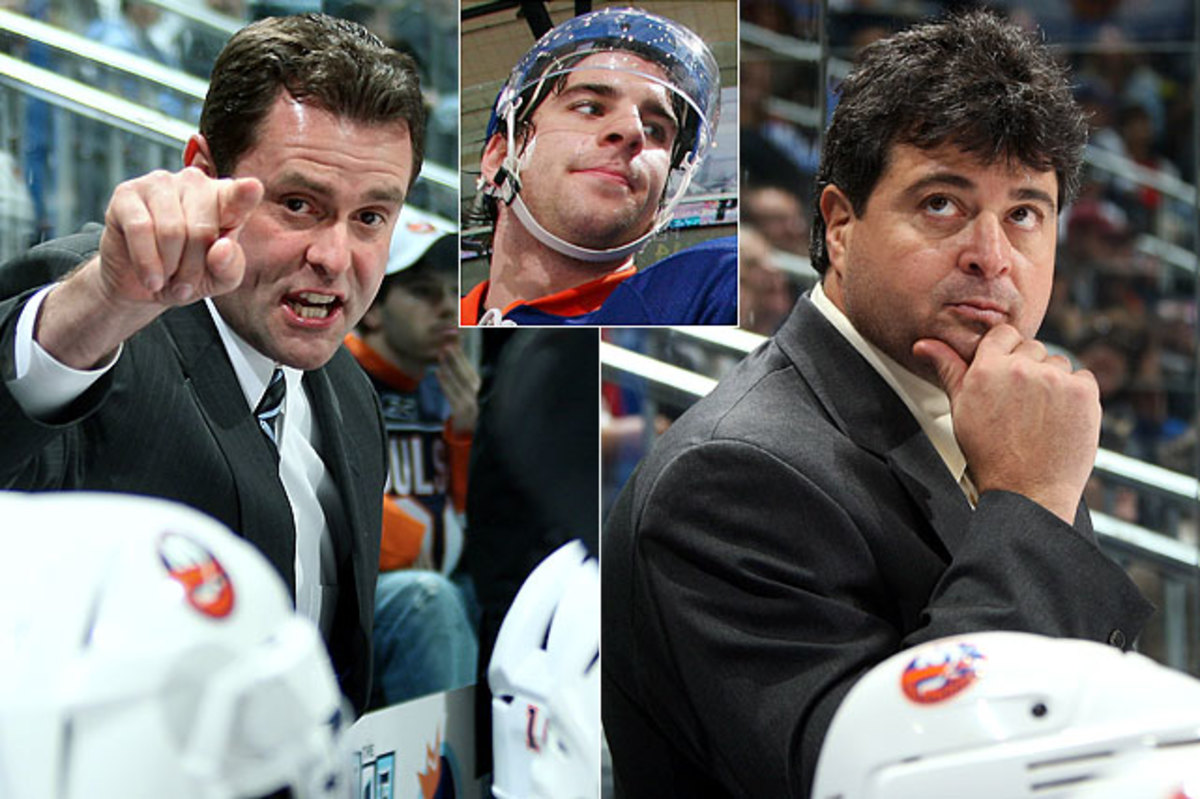
Snow ended up replacing Ted Nolan with Scott Gordon, who was unable to goose the Islanders out of last place in the Atlantic Division, even with the services of the talented John Tavares (inset), the team's No. 1 overall pick in the 2009 draft. Gordon lost the room 17 games into the 2010-11 season and was riding a 10-game losing skid when he was replaced by Jack Capuano, an unproven call-up from the Isles' AHL Bridgeport farm club. Capuano had to navigate the rest of a rocky campaign with a team riddled by injuries. Again, the Isles finished out of the playoffs. Healthier for 2011-12, they still ended up on the golf course by mid-April, but pressed on with Capuano at the helm.
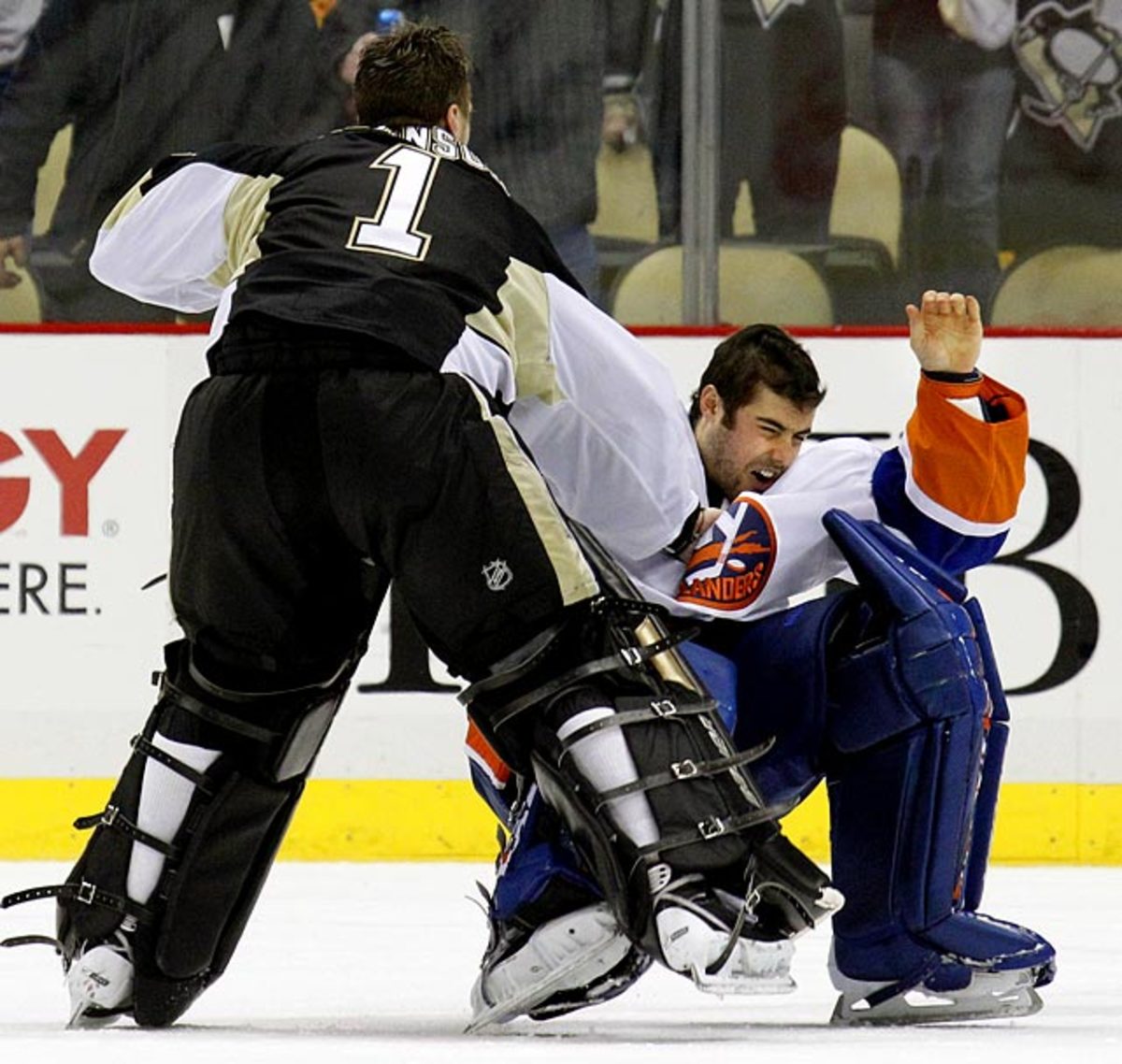
The painful saga of Rick DiPietro reached its nadir on February 2, 2011 in a 3-0 loss to the Penguins when the Isles starcrossed goalie skated out of his net to fight counterpart Brent Johnson during a scrum and was dropped by one punch. DiPietro suffered facial fractures and a knee injury and was rendered hors de combat for 4-6 weeks.
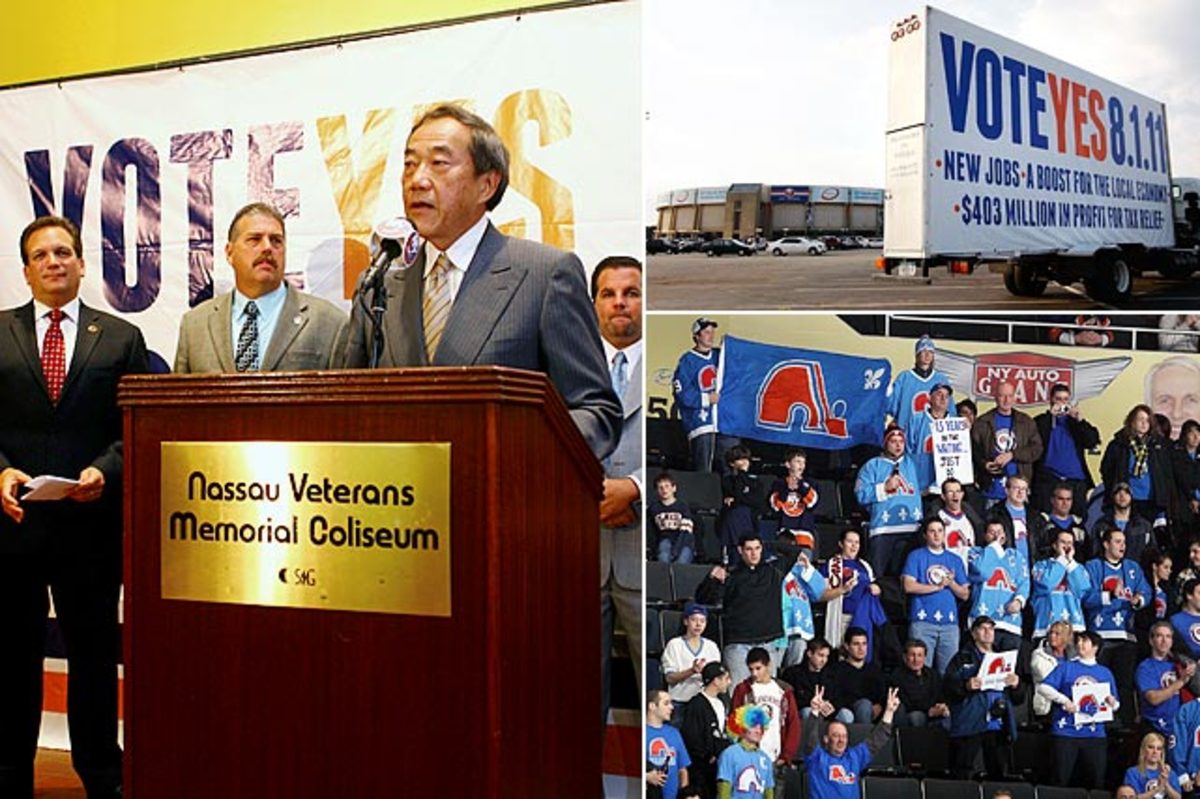
As Nassau Coliseum continued to crumble, team owner Charles Wang spent five years pursuing the grandiose $3.74 billion Lighthouse Project that included a renovated arena, a hotel, stores, residences, sports facilities and other amenities on the arena's 150-acre site. By October 2009, the ambitious scheme had been stymied by Hempstead Town Supervisor Kate Murray. With the team's future on Long Island, and perhaps in New York, dicey beyond 2015 when its arena lease expires, busloads of fans from Quebec showed up at December 2010 game to emphasize that their fair city would more than welcome the benighted franchise. In August 2011, despite a rally at the Coliseum to get out the vote, the few Nassau Country residents who went to the booth rejected a more modest proposal to borrow $400 million to simply replace the arena.
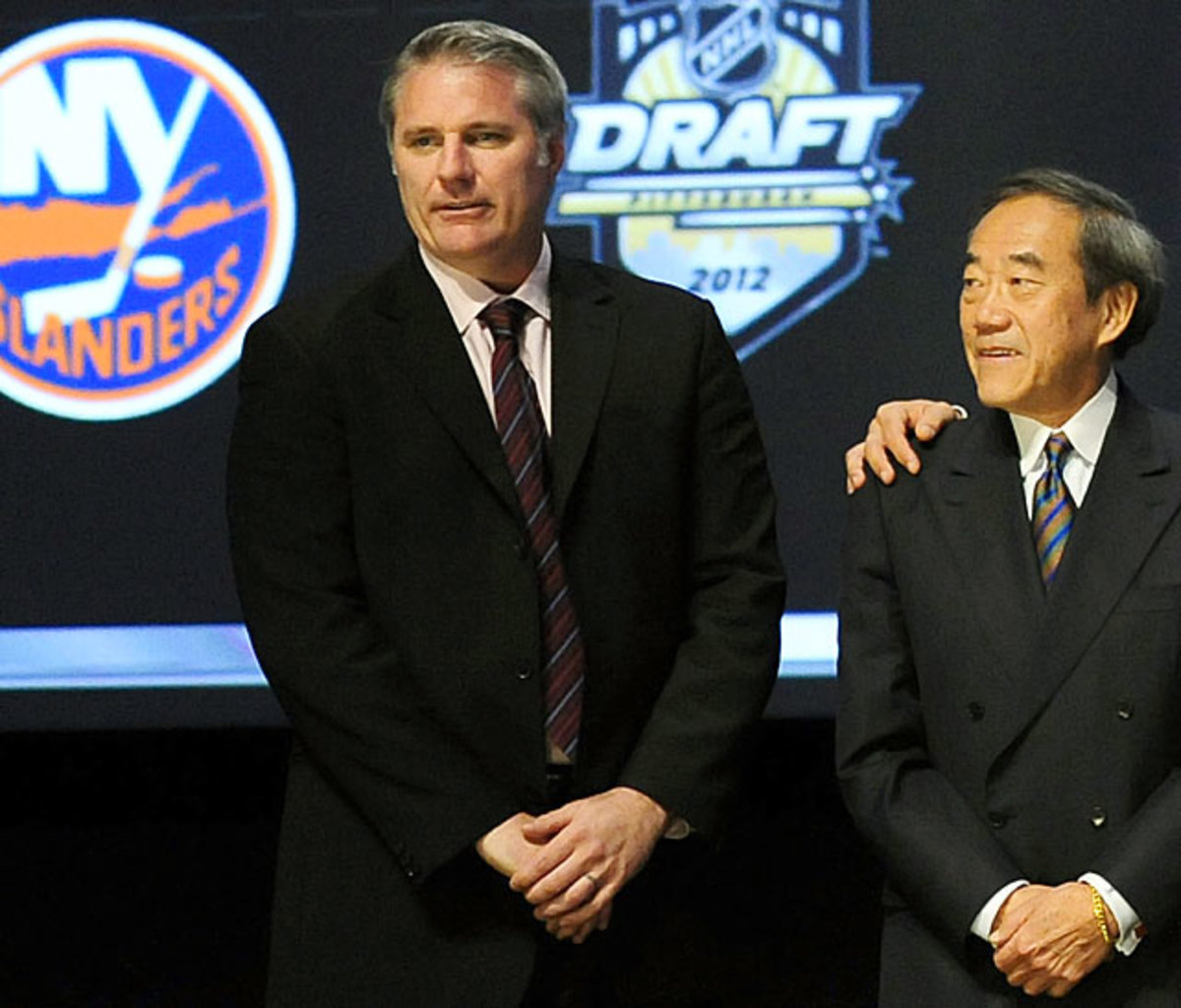
At the 2012 NHL Draft, the New York Islanders wrote a startling new chapter in their ongoing saga of ineptitude, mismanagement and misfortune. It was first reported by The Columbus Dispatch that GM Garth Snow had offered the Blue Jackets the Isles' entire slate of picks (No.s 4, 34, 65, 103, 125, 155 and 185) for the second overall choice in what was widely regarded as a thin and very dicey draft crop. The object of the Isles' affection was believed to be defenseman Ryan Murray, who ended up going to the Jackets. The Isles took Griffin Reinhart, the first of the seven blueliners they drafted that weekend.
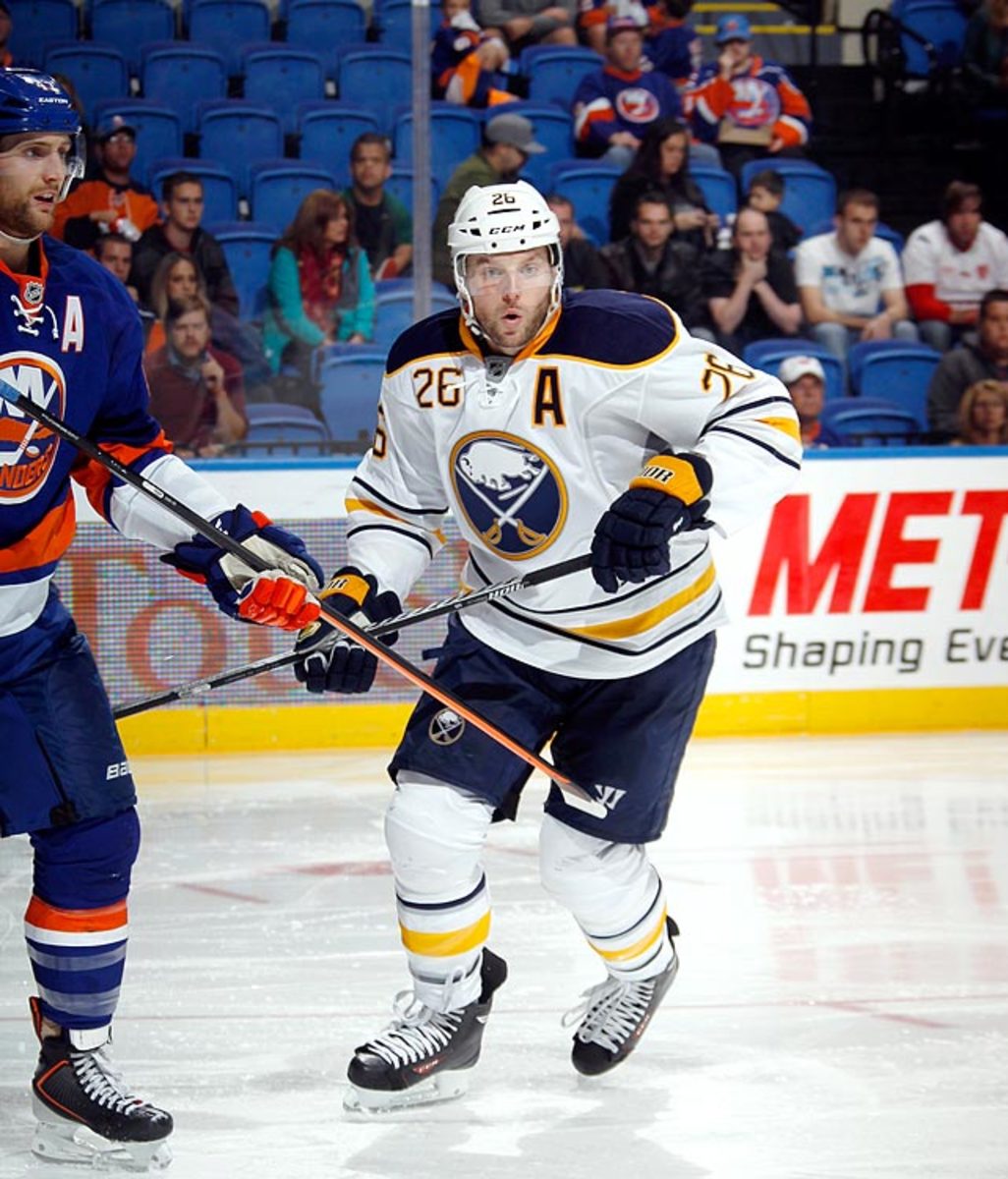
Less than one month into the 2013-14 season, the Islanders traded winger Matt Moulson, a 2014 first-round pick, and a 2015 second-rounder to the Buffalo Sabres for winger Thomas Vanek. Although Vanek is a slightly more dynamic player, Moulson had led the Islanders in goals in three of the past four seasons, and both skaters were set to become unrestricted free agents after the season. It's one of the worst-kept secrets in hockey that Vanek is pining for a return to Minnesota, the state where he played his college hockey and his good buddy and former teammate, Jason Pominville, currently skates. Add in that Snow just traded away three significant assets and failed to address his most pressing need -- a goaltender with some value both now and in the future -- and this trade seems almost impossible to justify from New York's perspective.
Or how about the redundancy of listing both the lifespan of the club (1972-2015) and "43 Years of History"? Much of that history has been tortured, so the phrase might as well have just been "43 Years of Years." And somehow the logo neglects to make any mention of the point of the whole exercise: that this will be the final season the team will spend in Nassau Coliseum. All in all, it's as nondescript as the barn the team will vacate for shinier digs in Brooklyn.
Ah, well. At least Isles fans have an improved team and a (hopefully) brighter future to look forward to.
